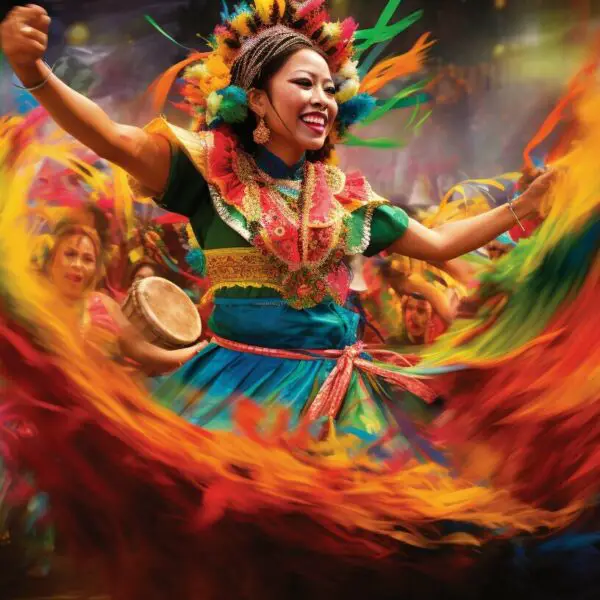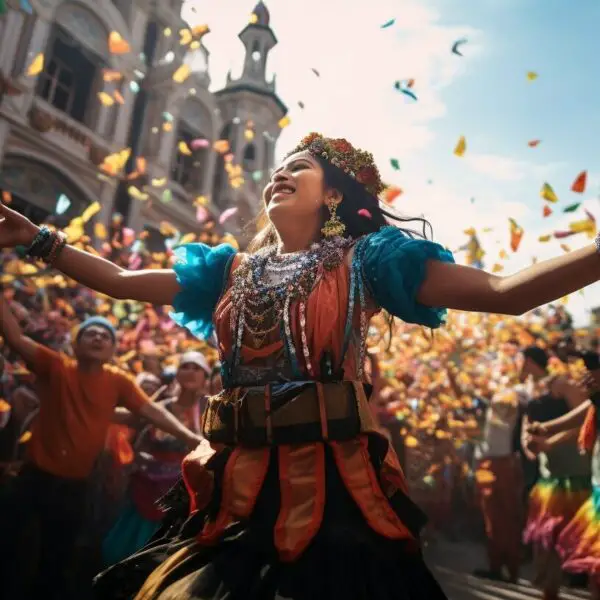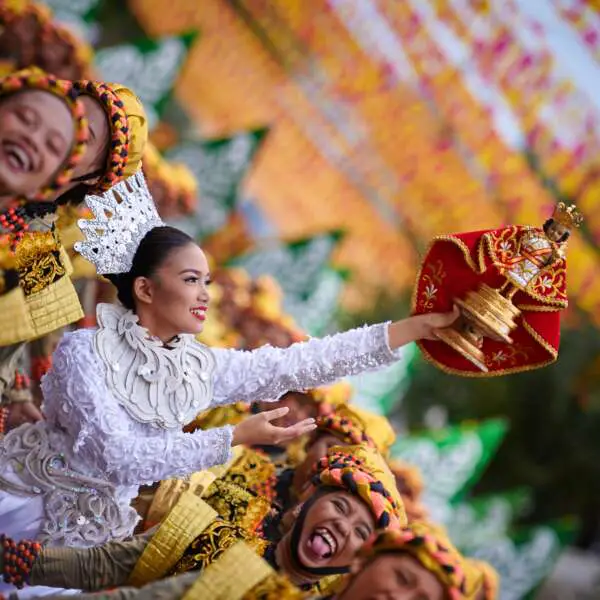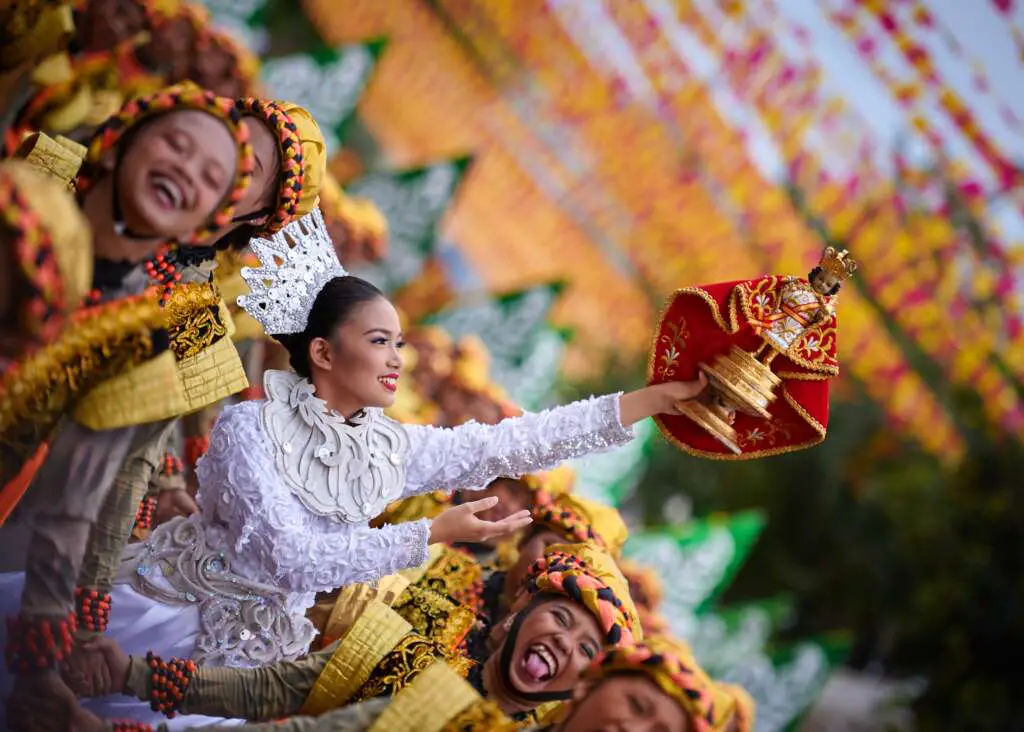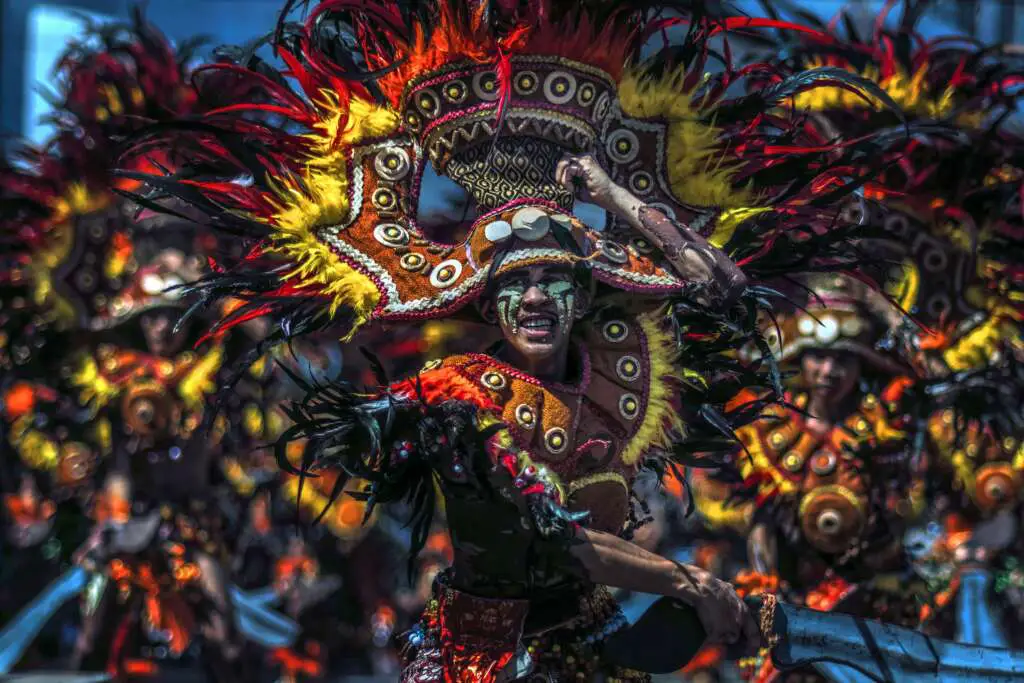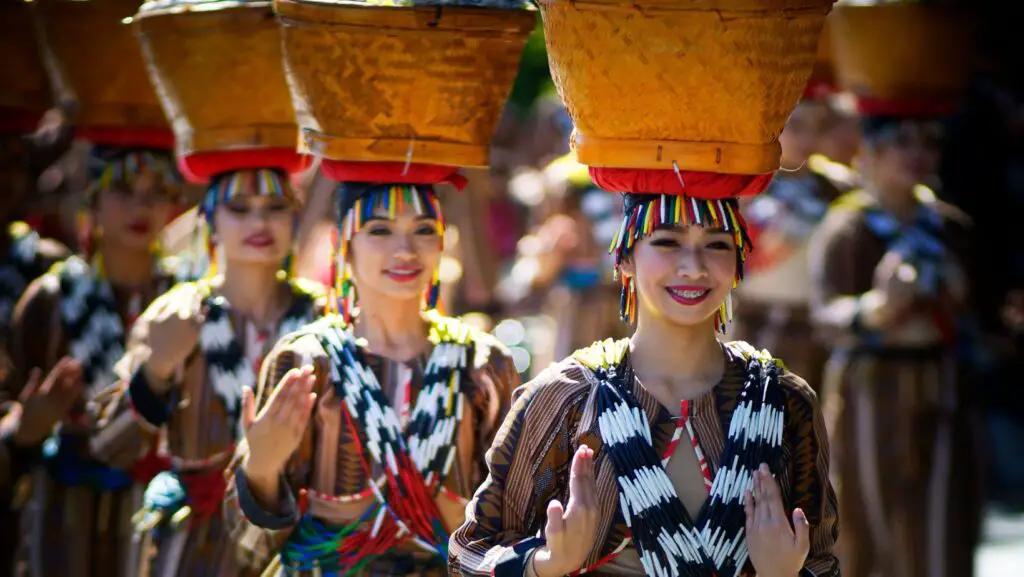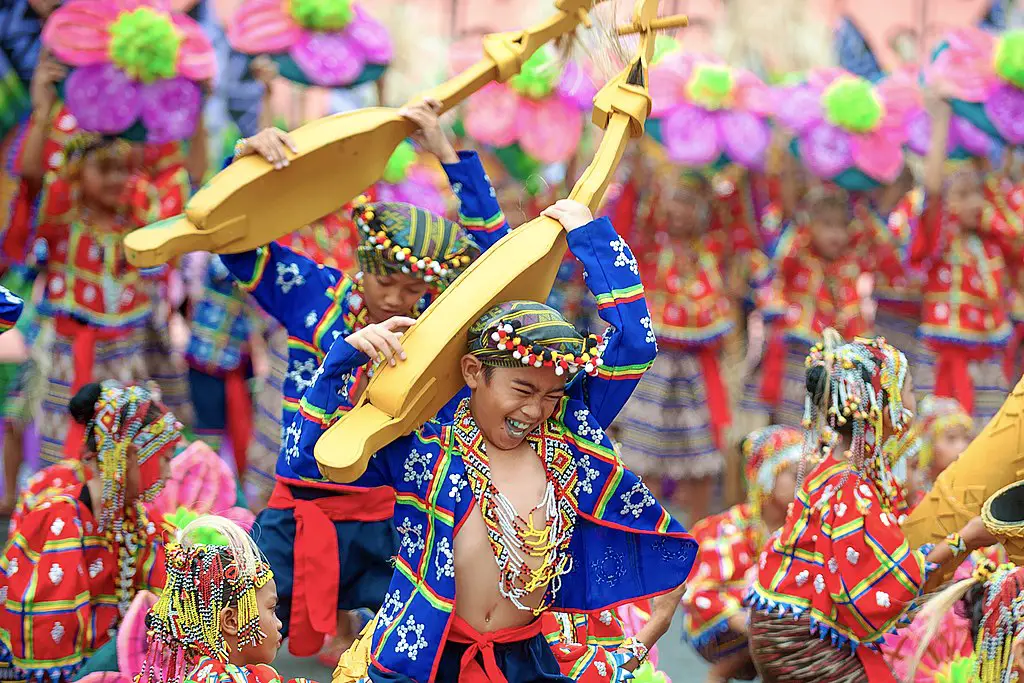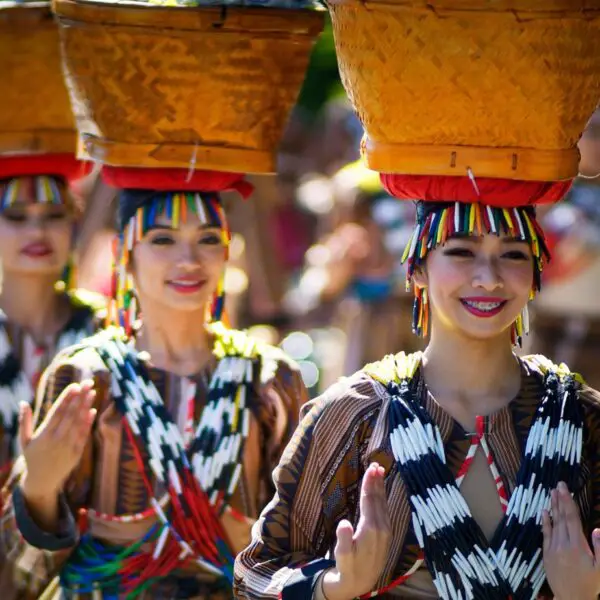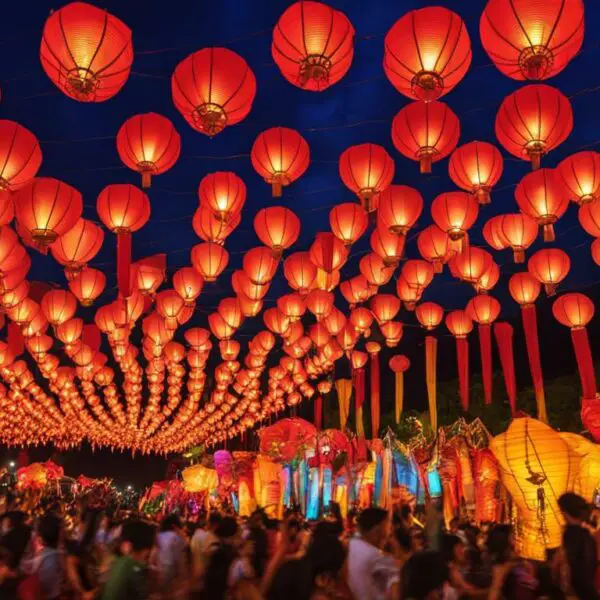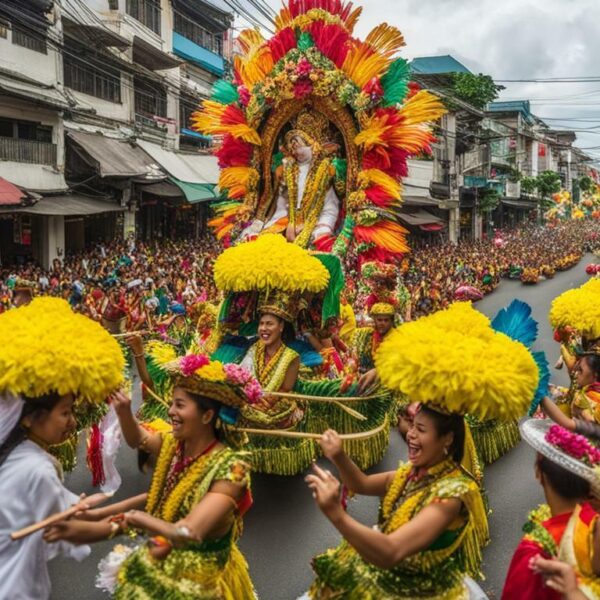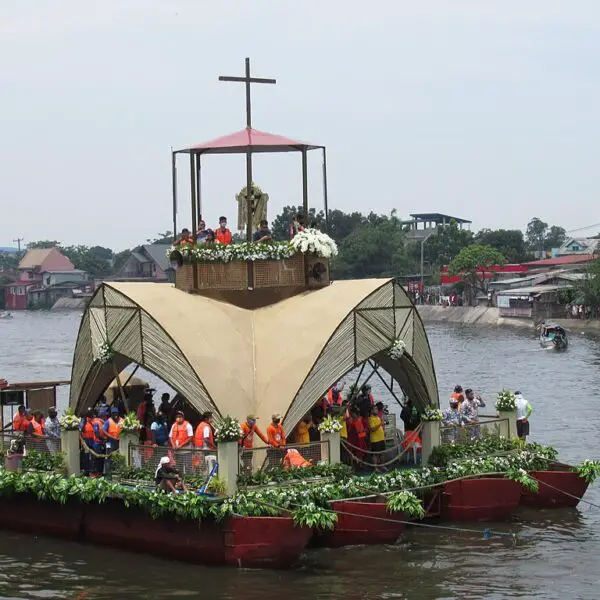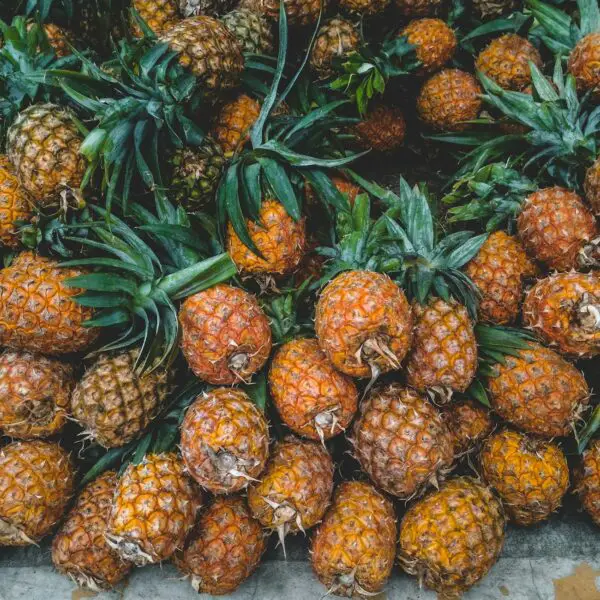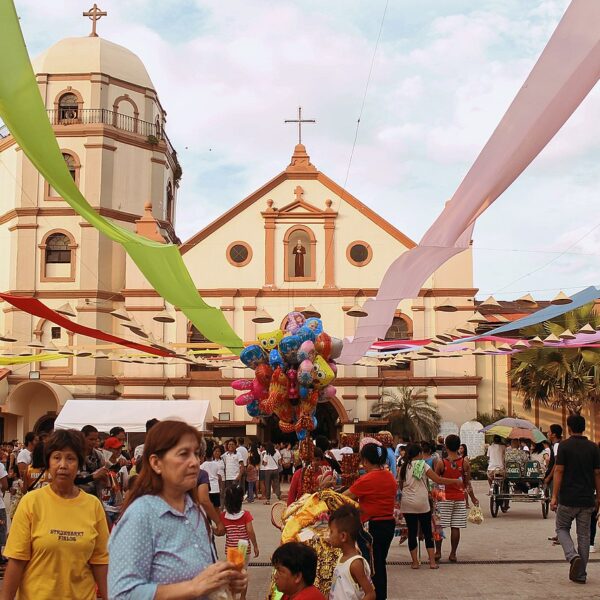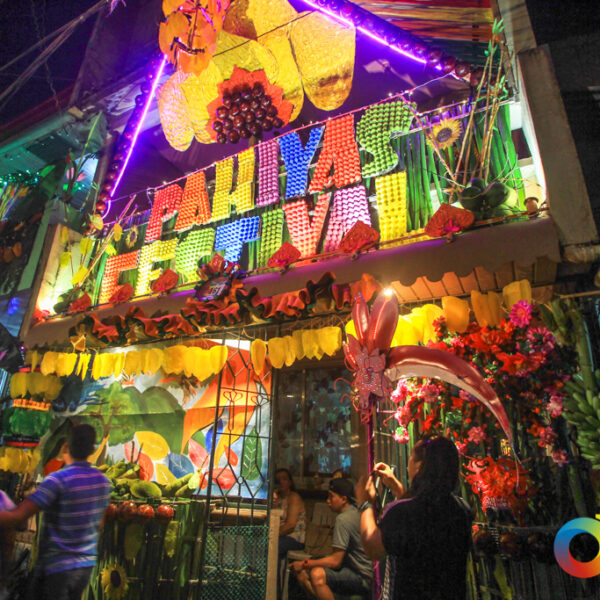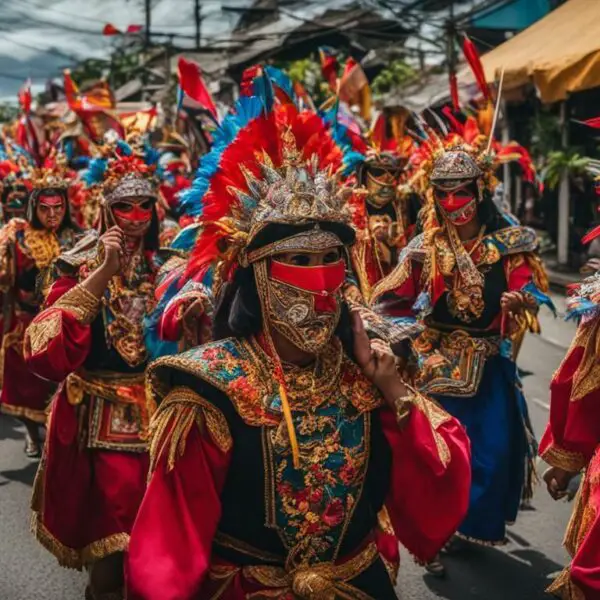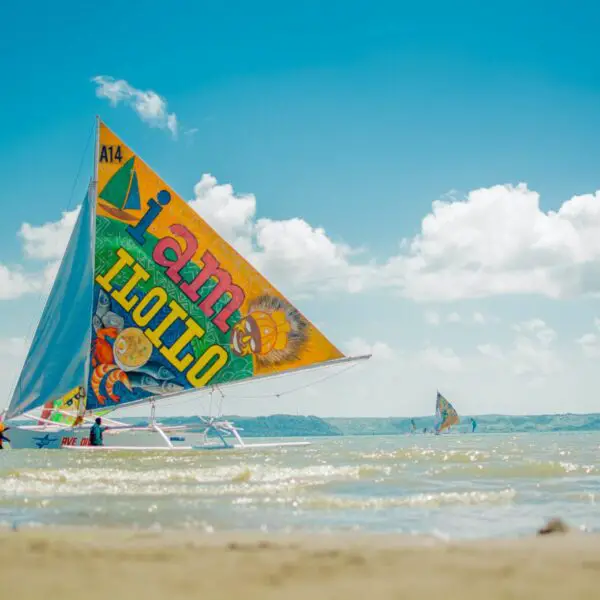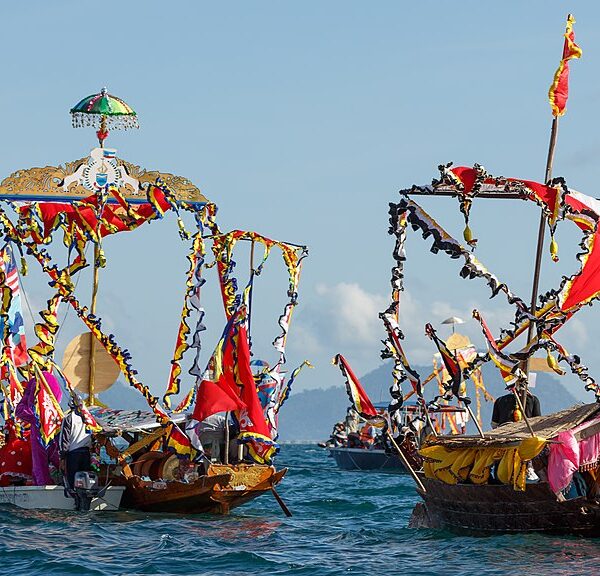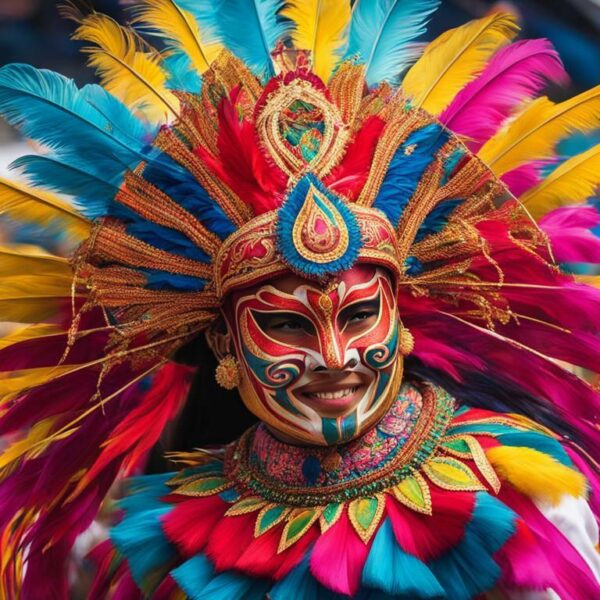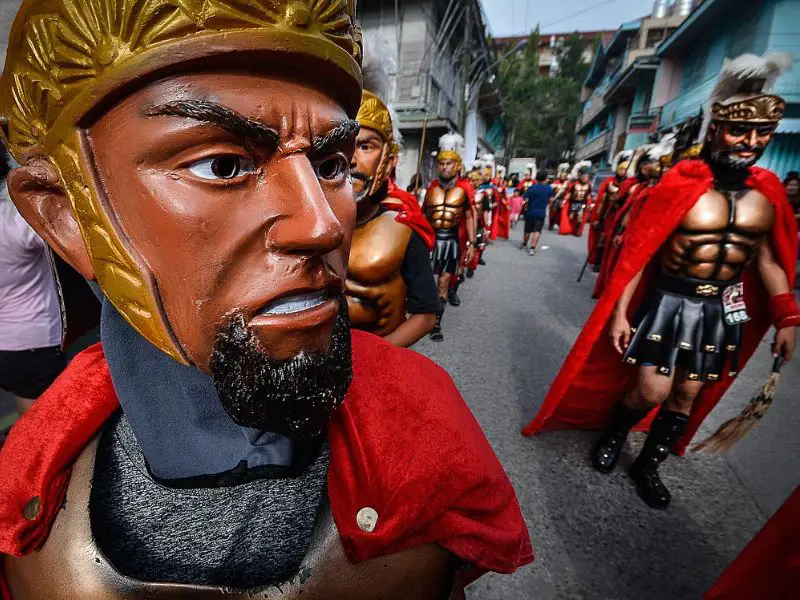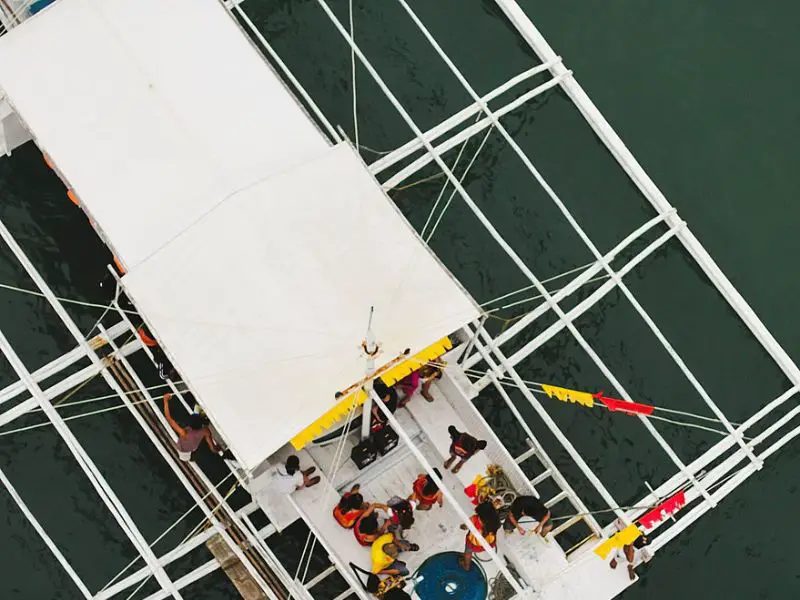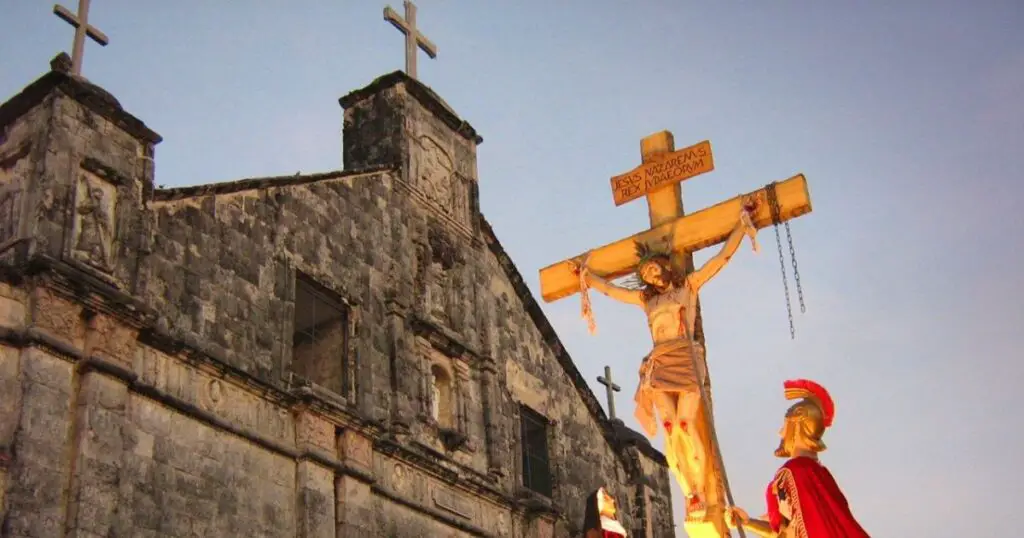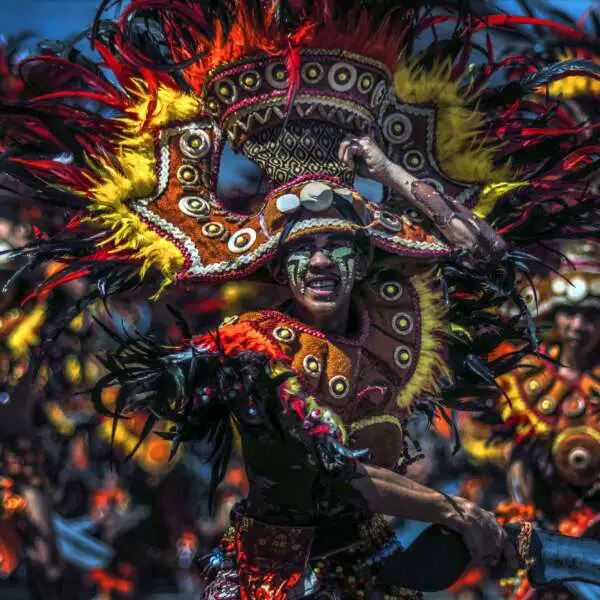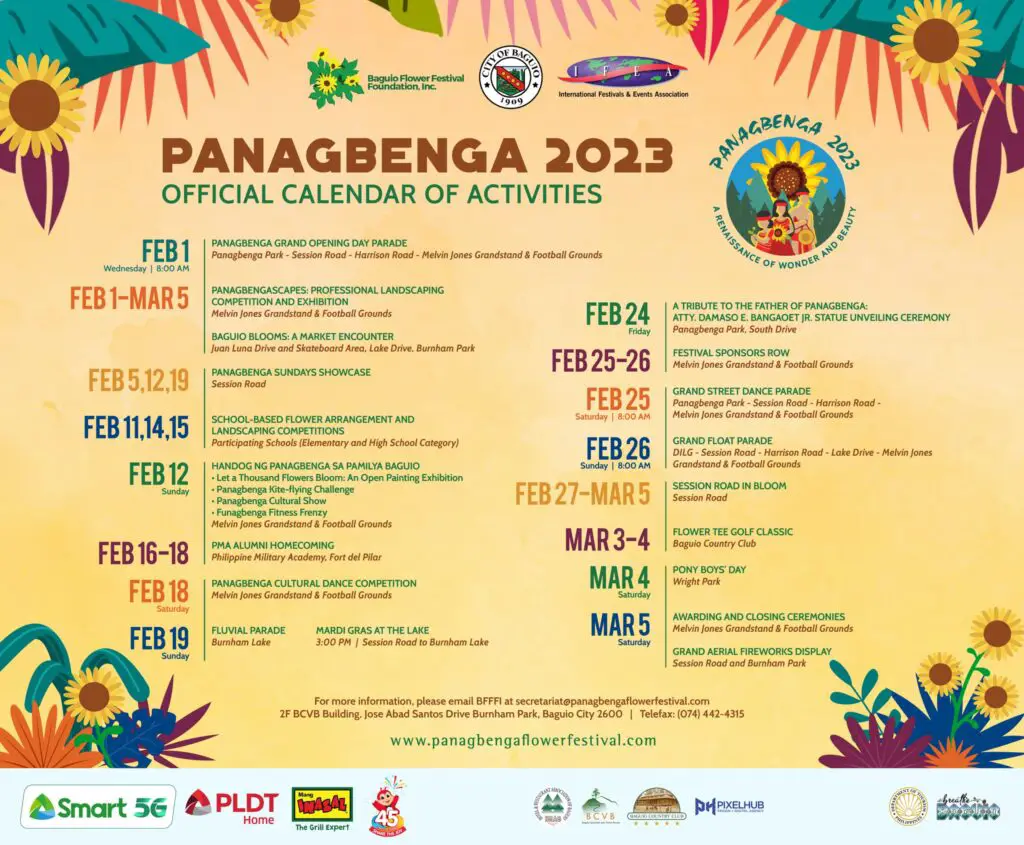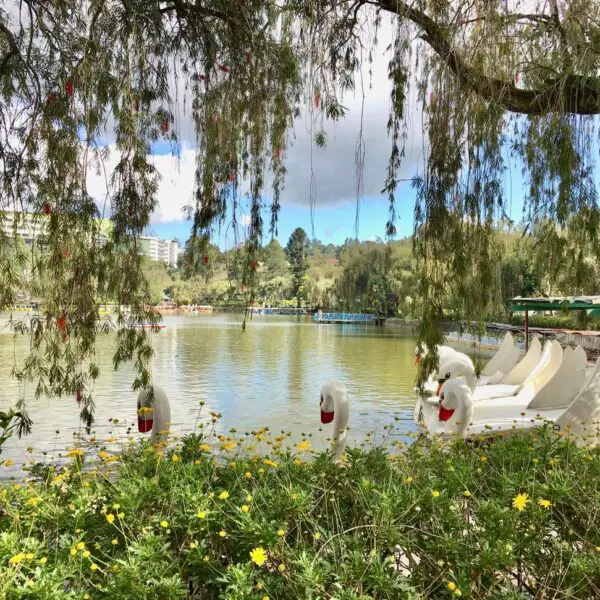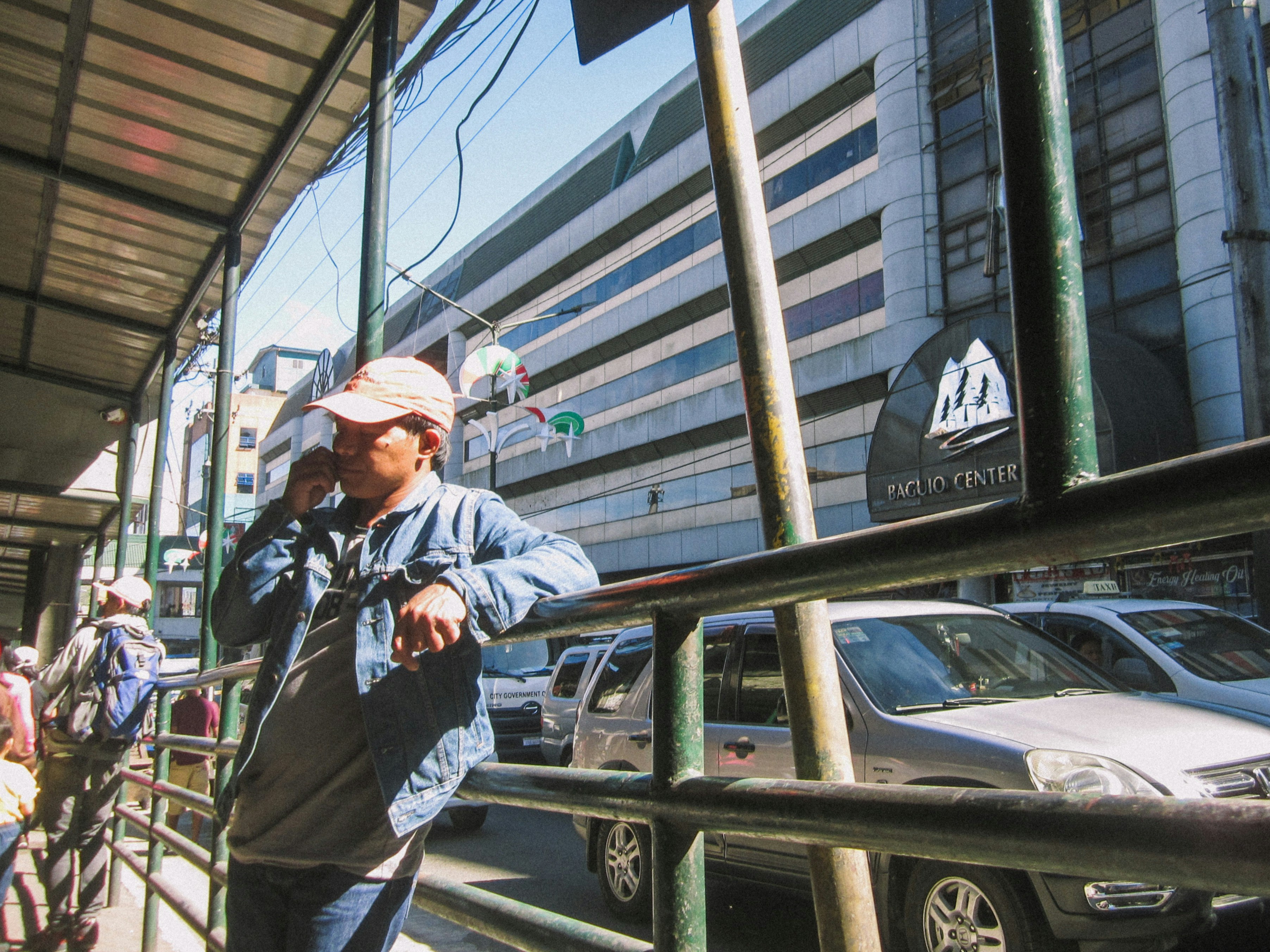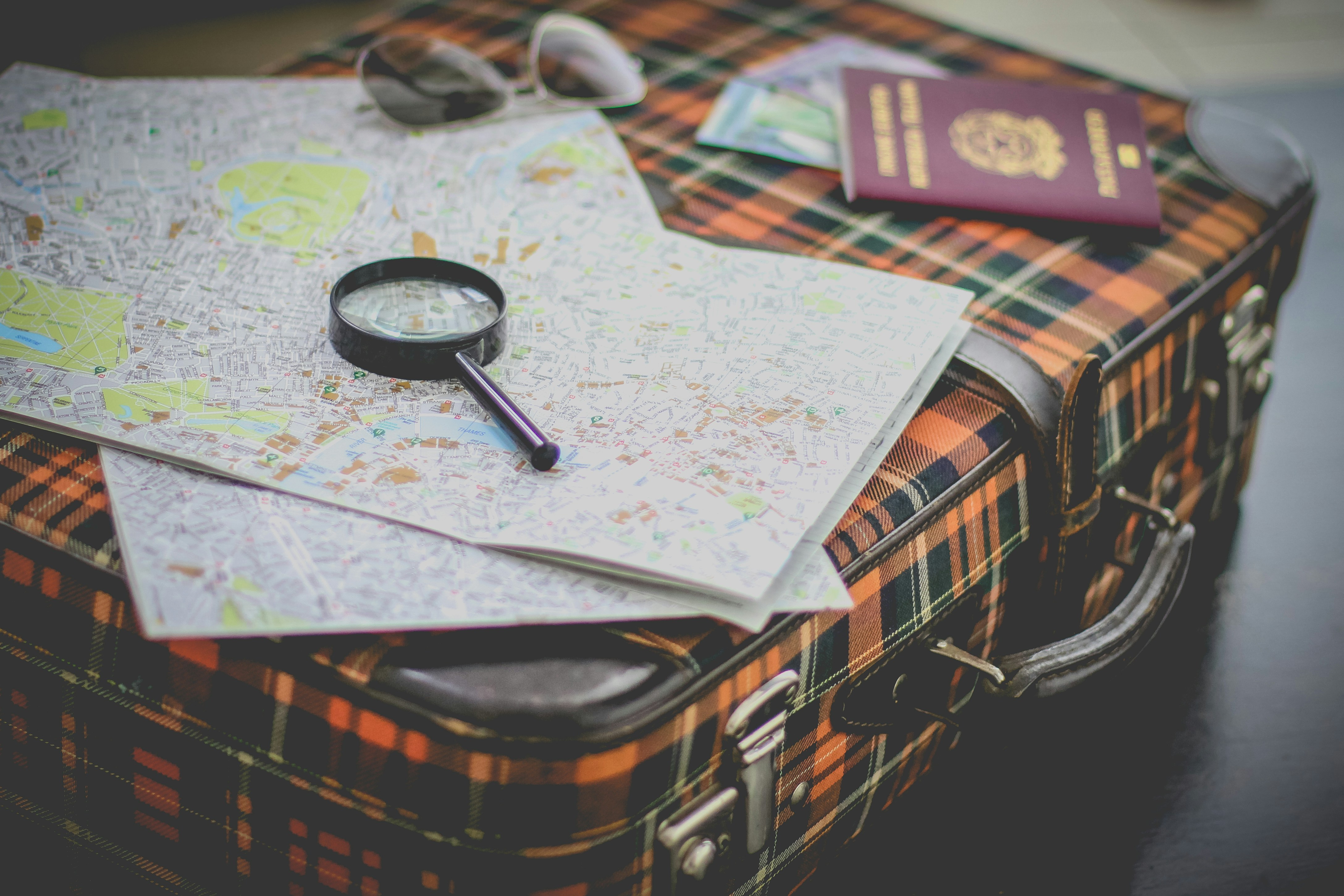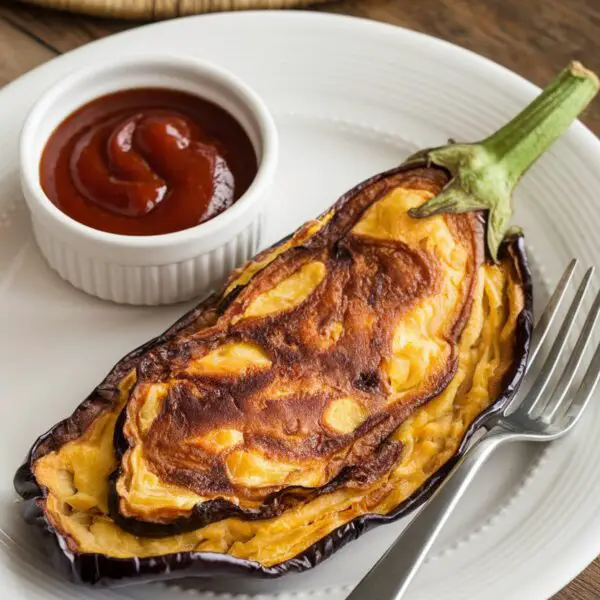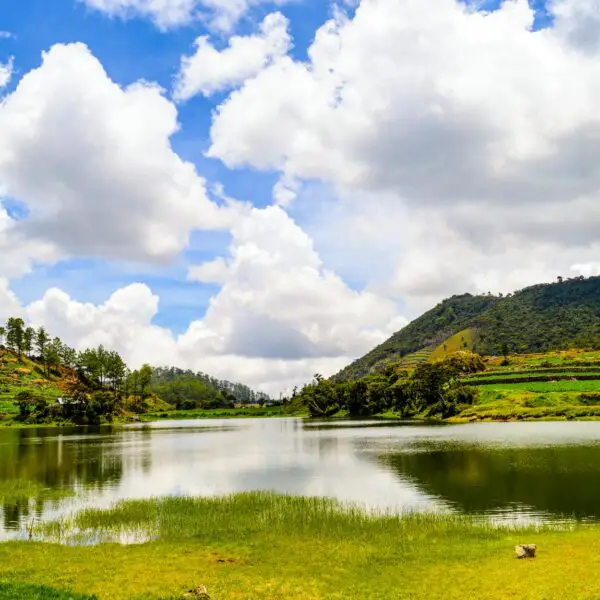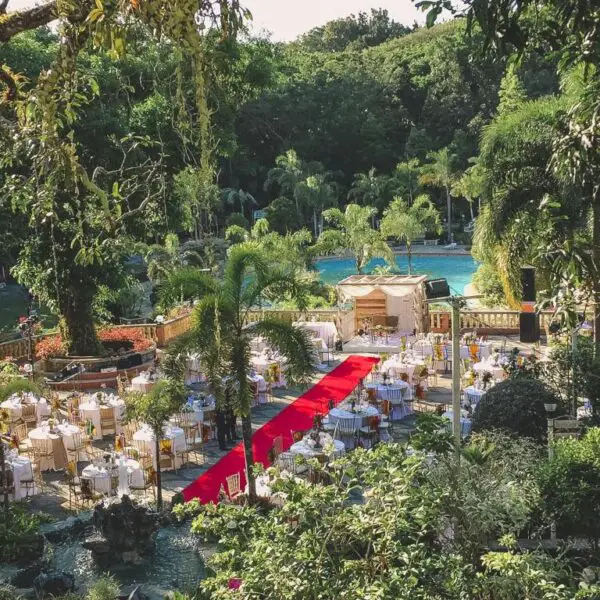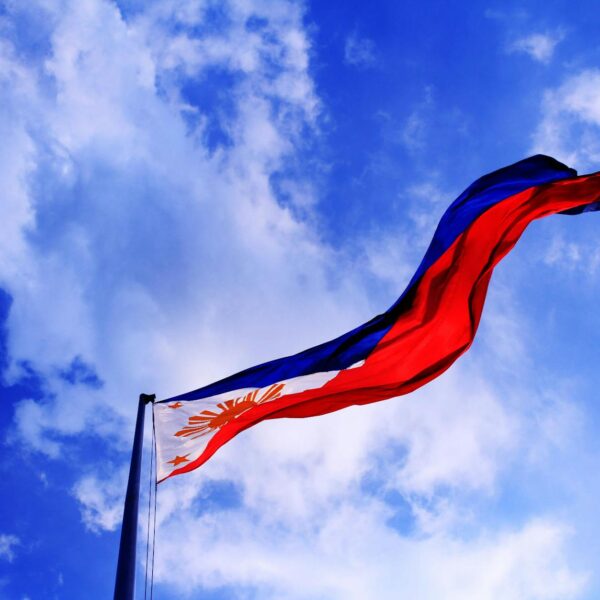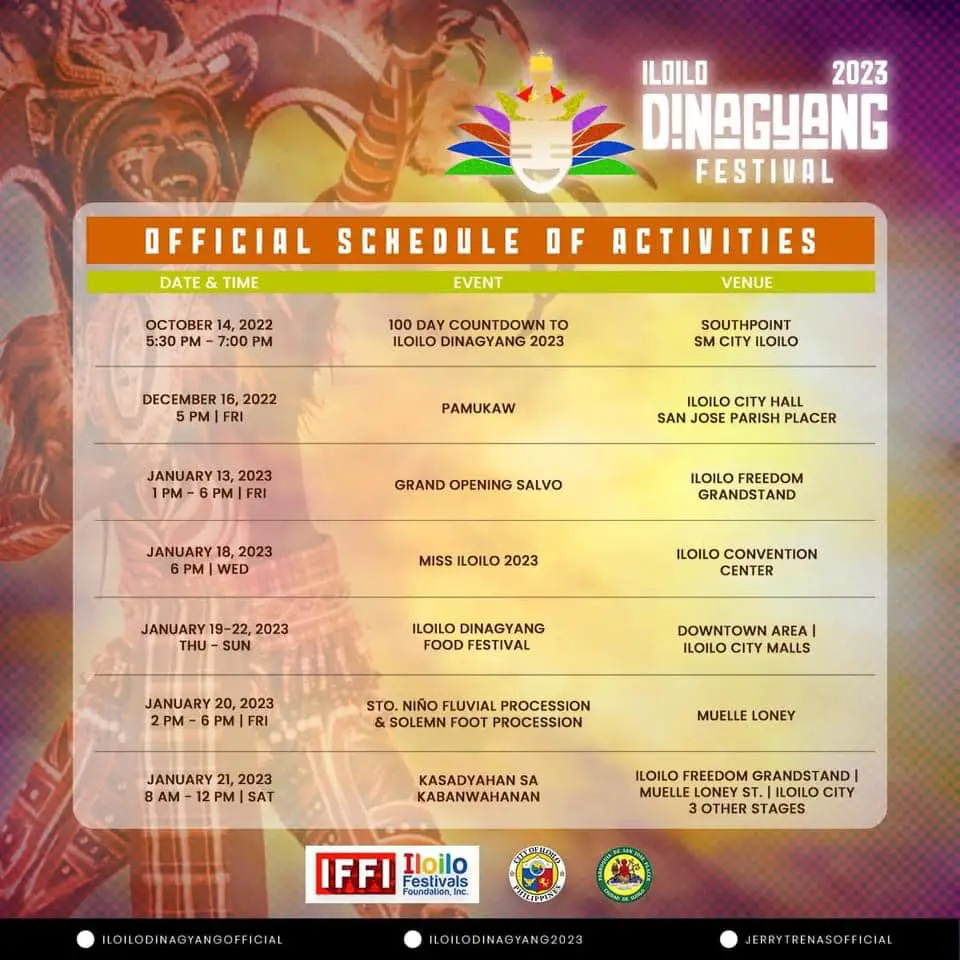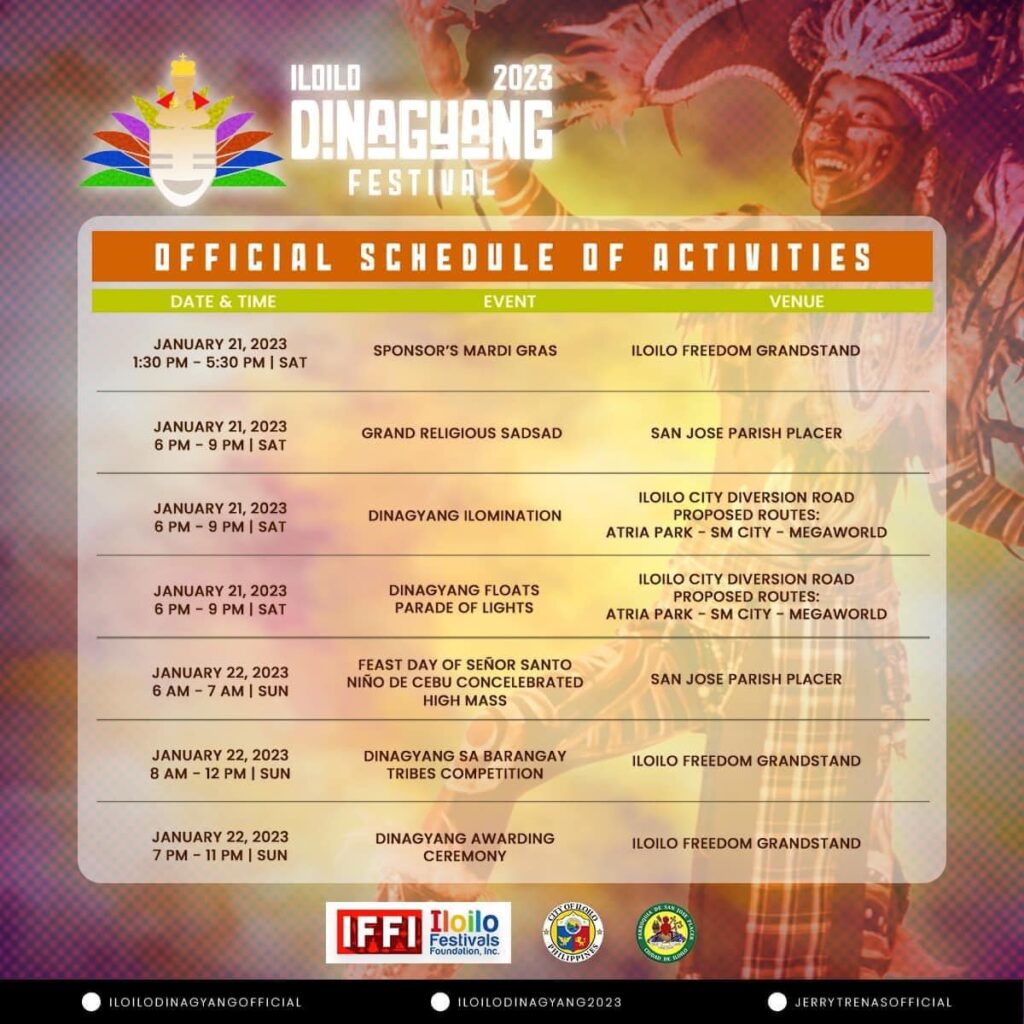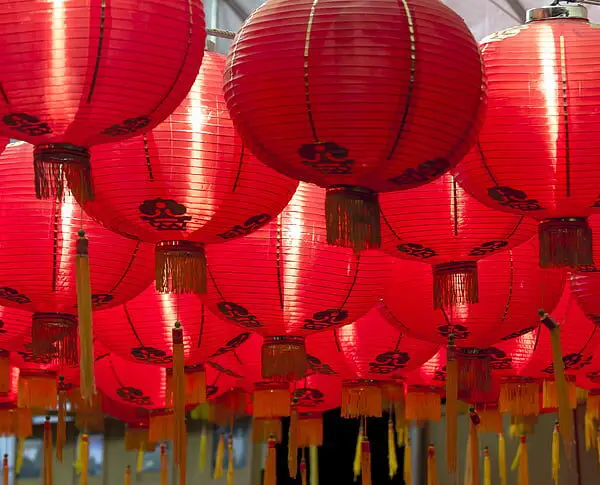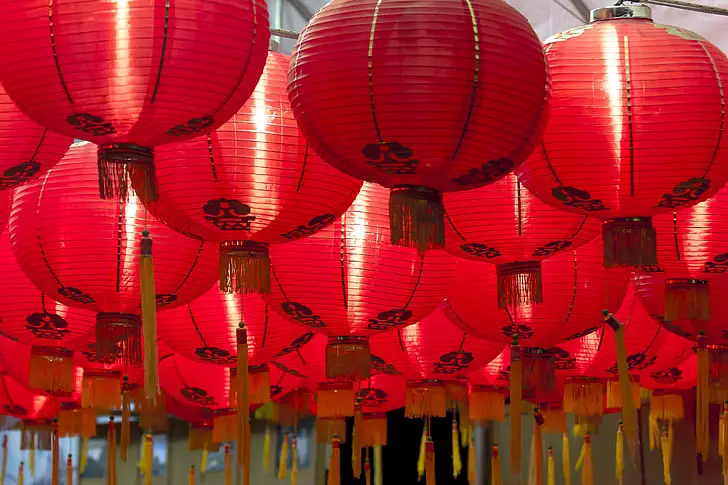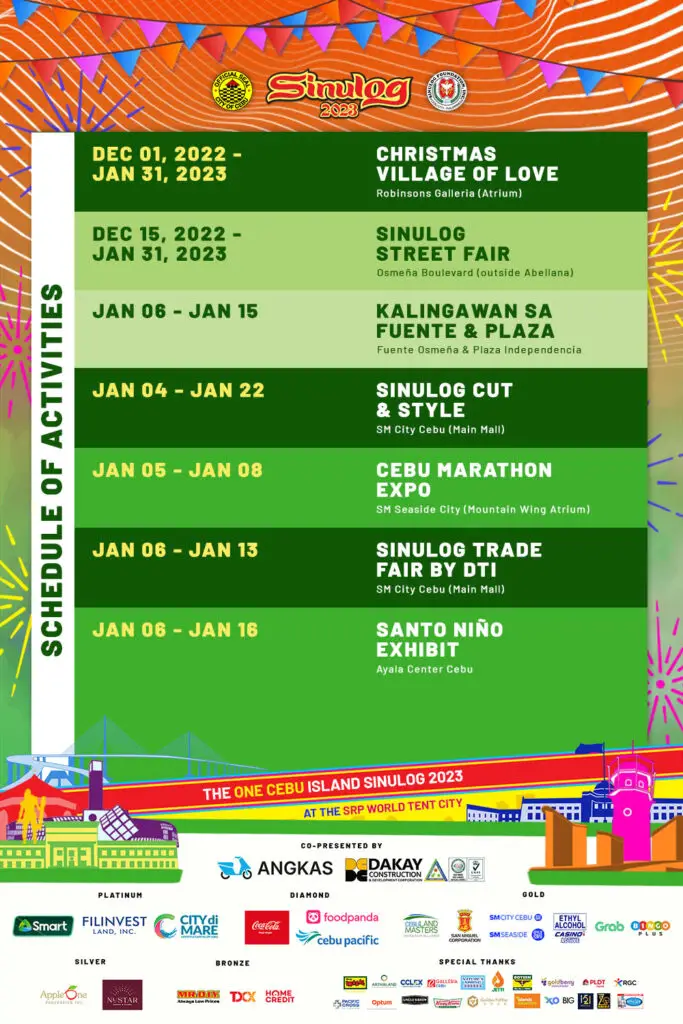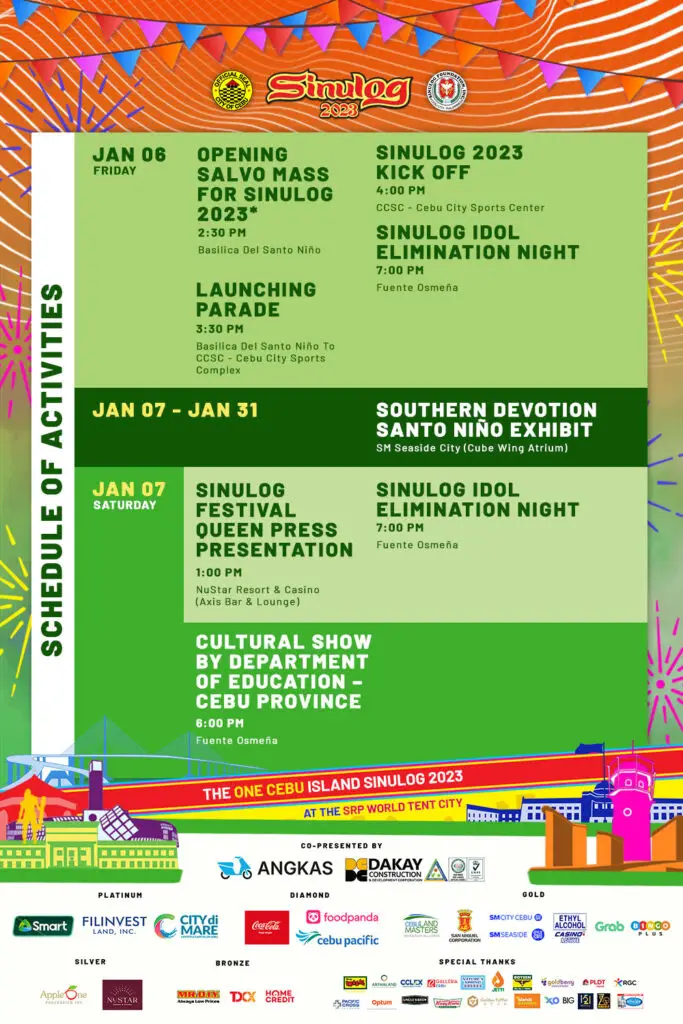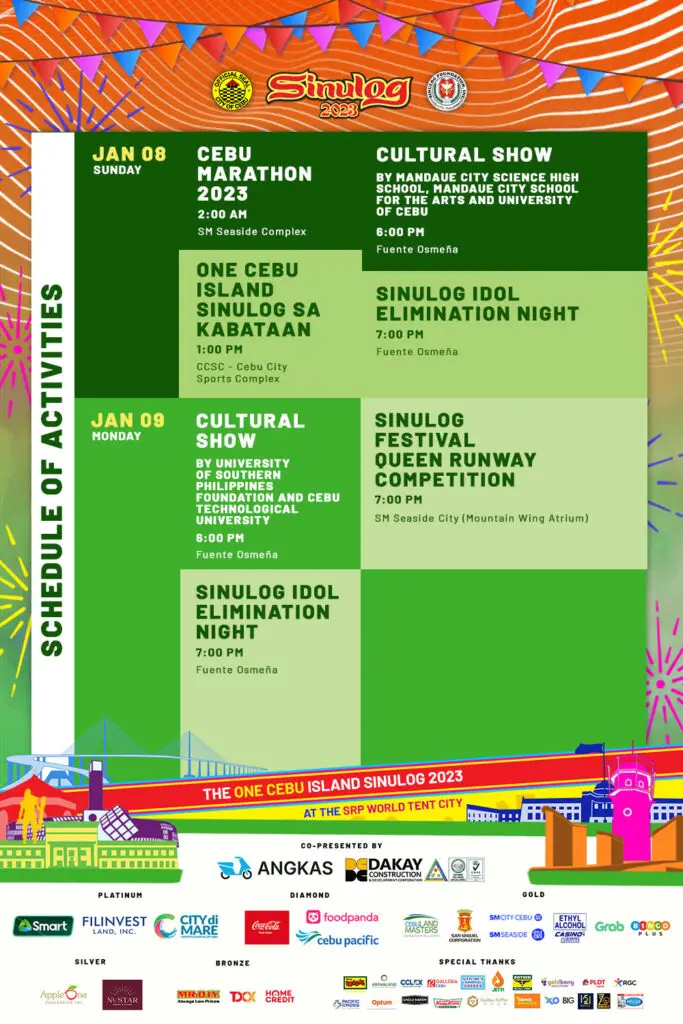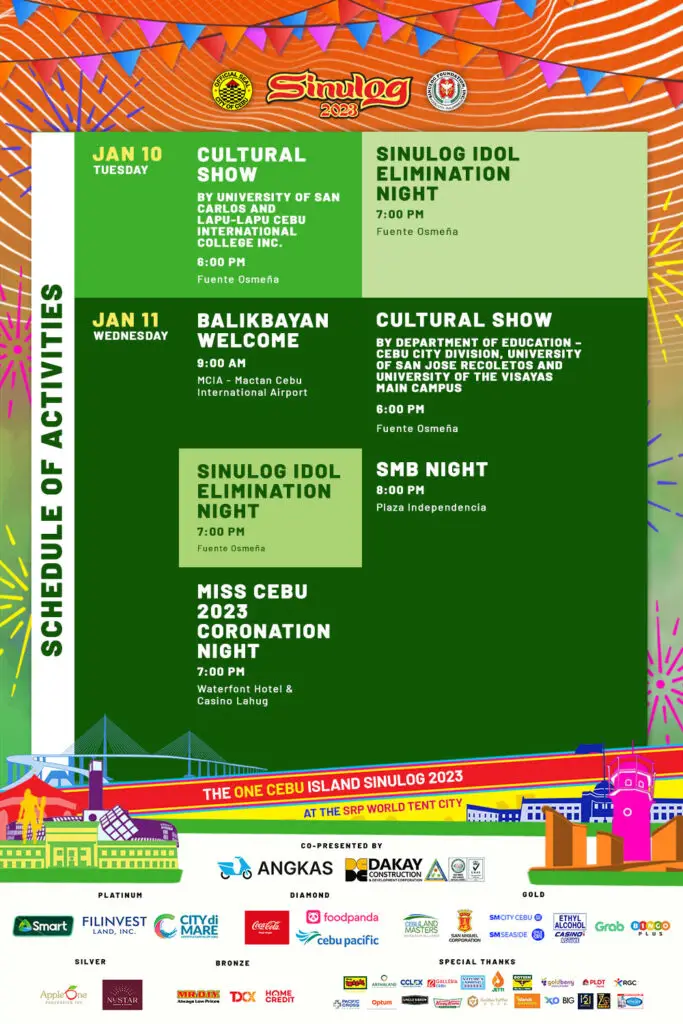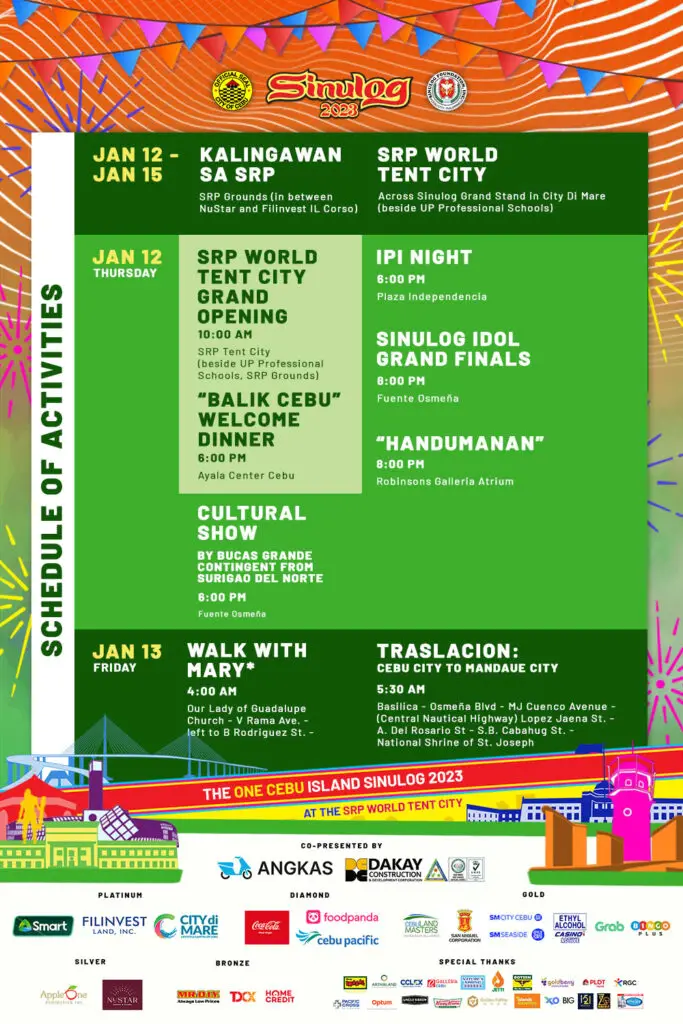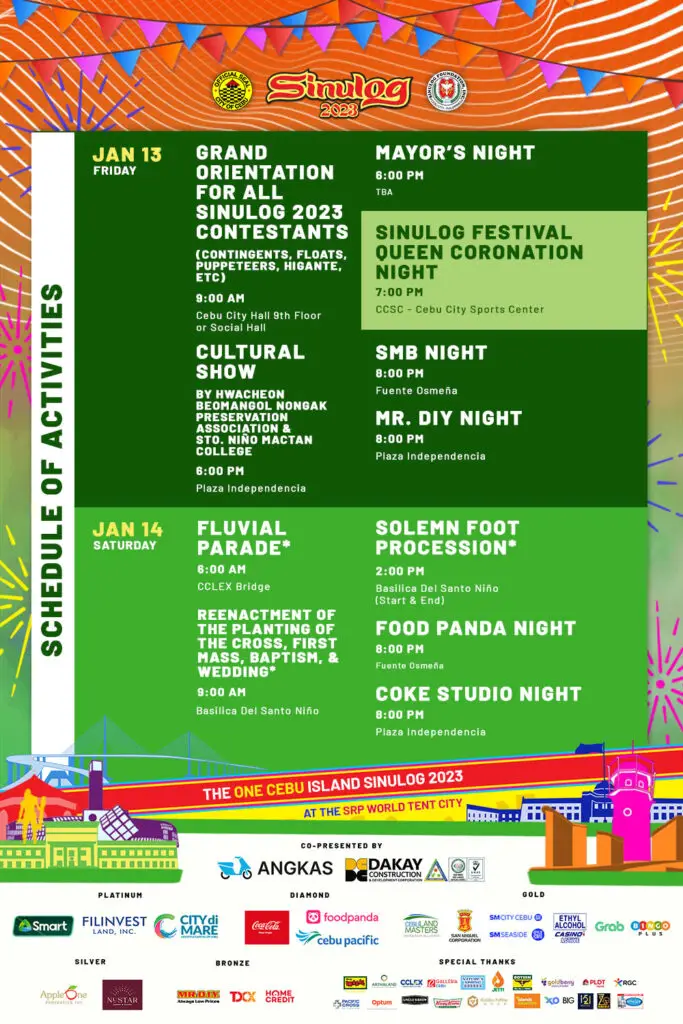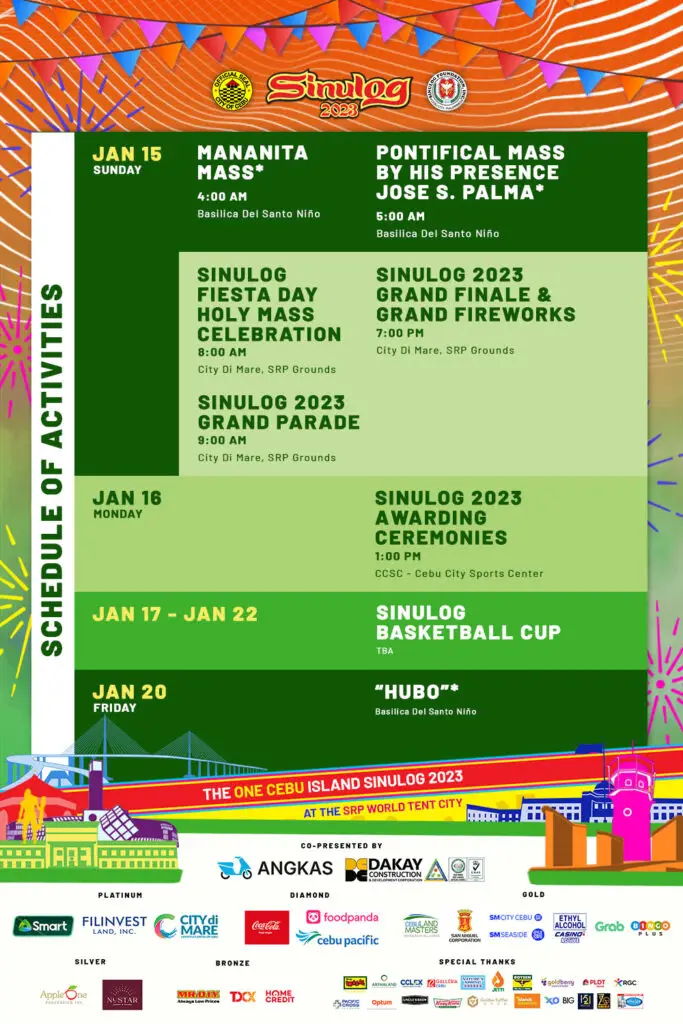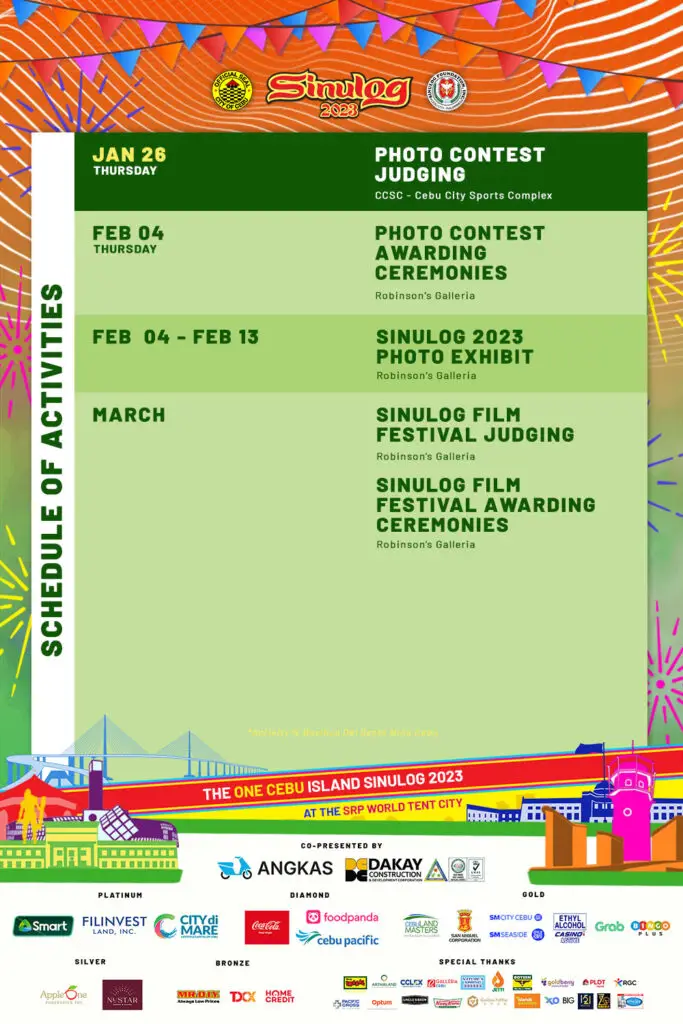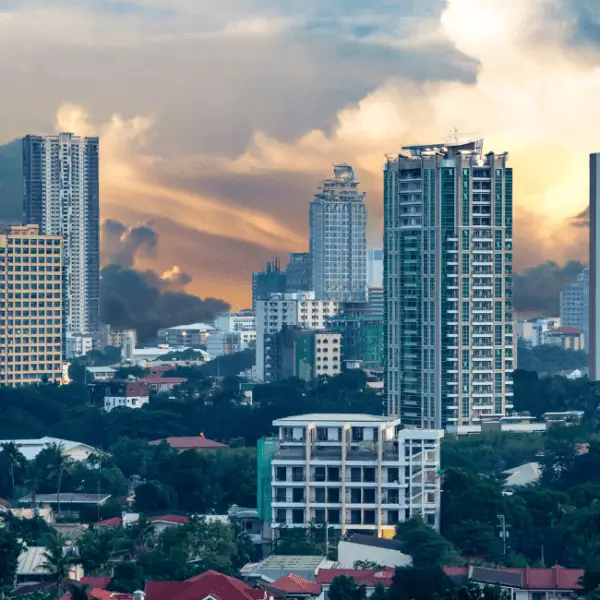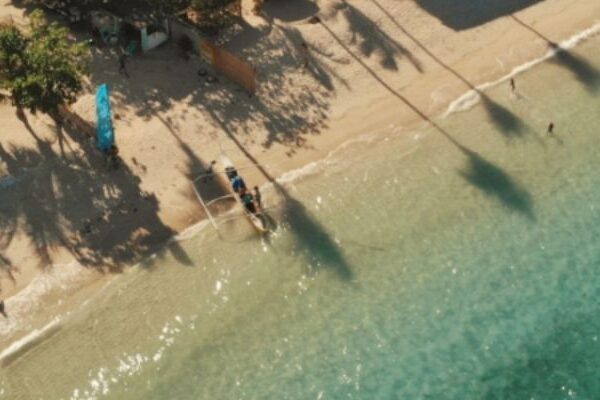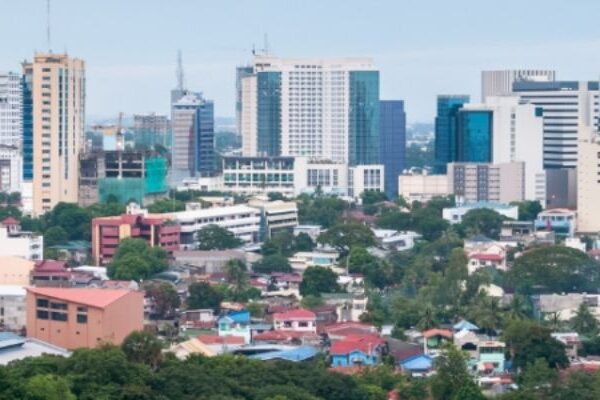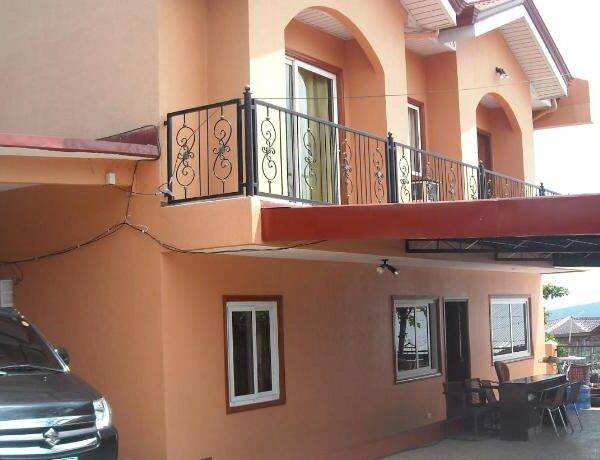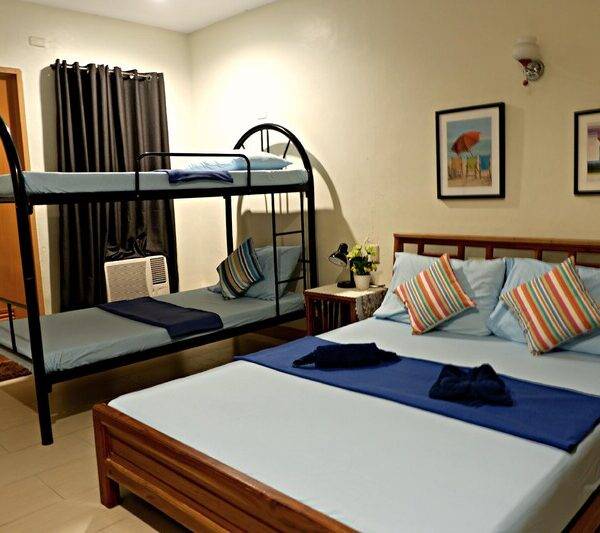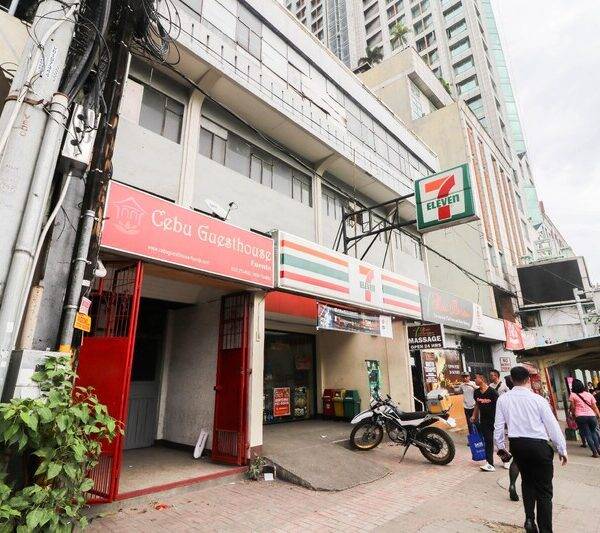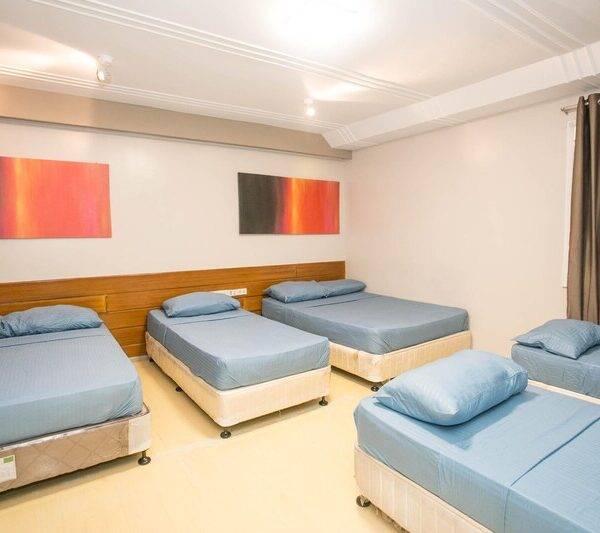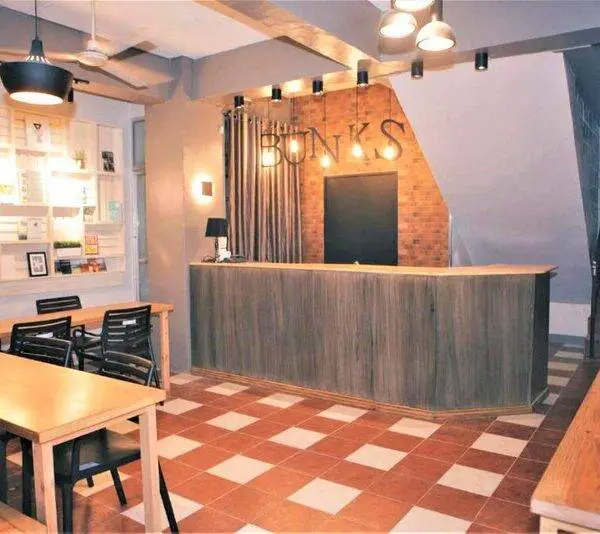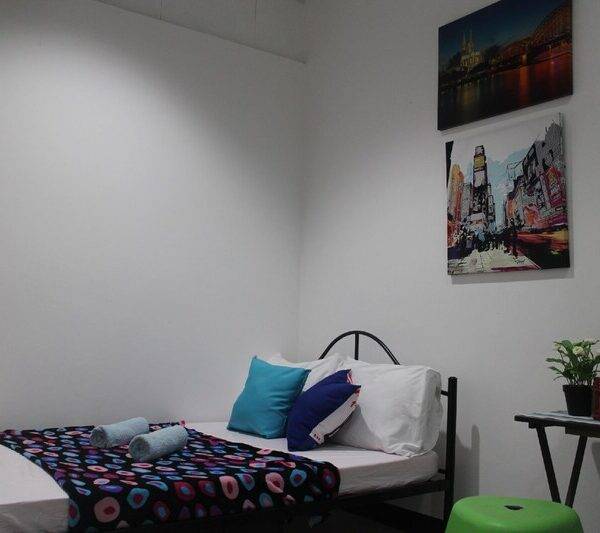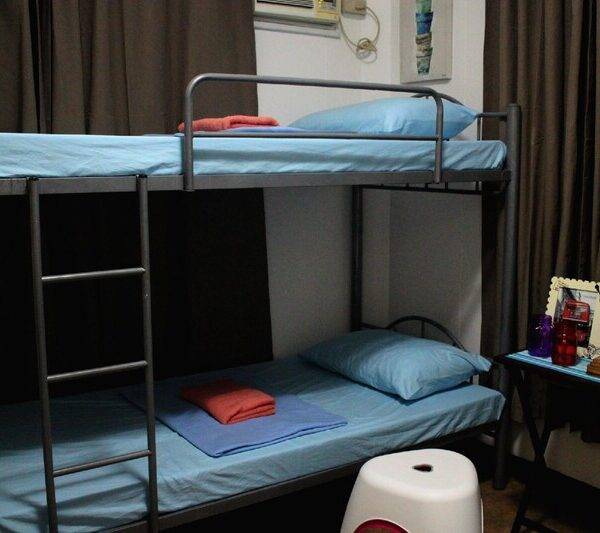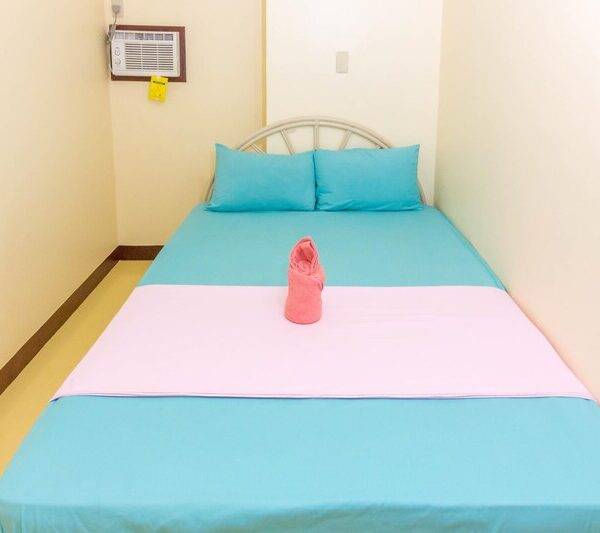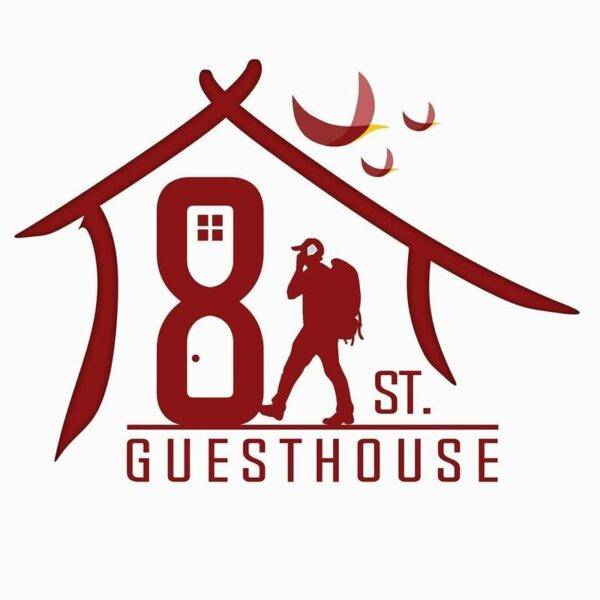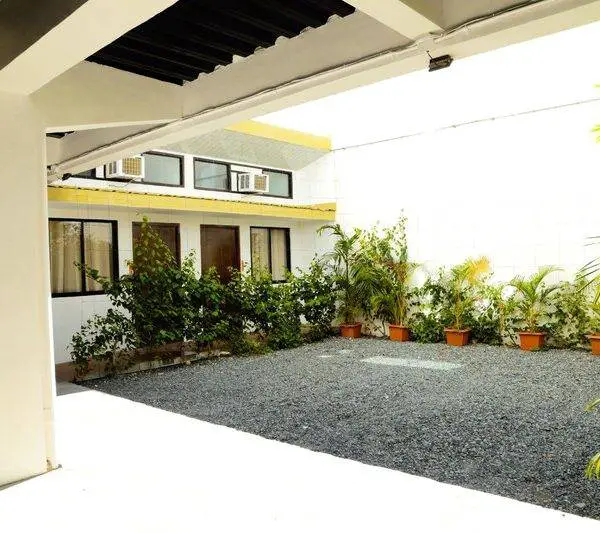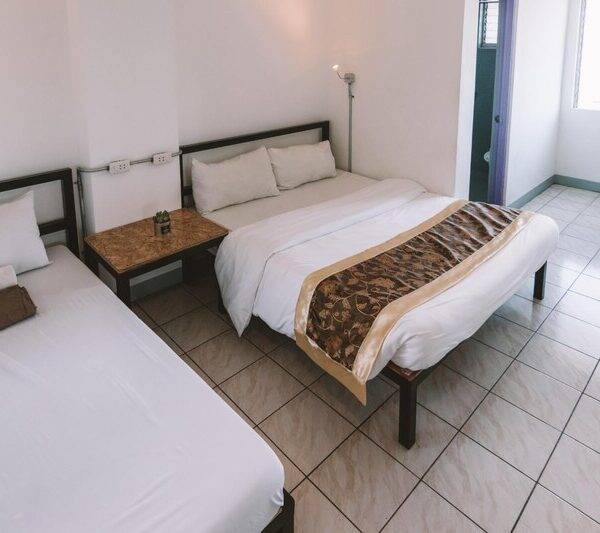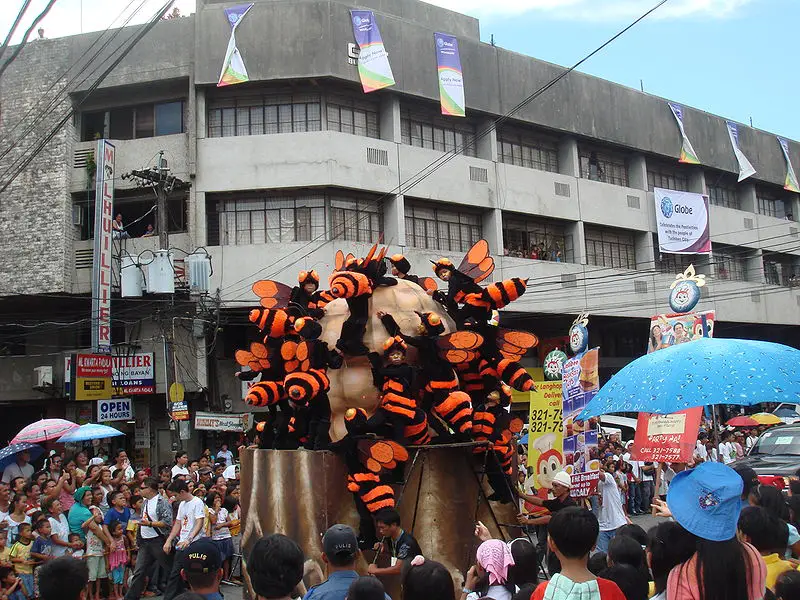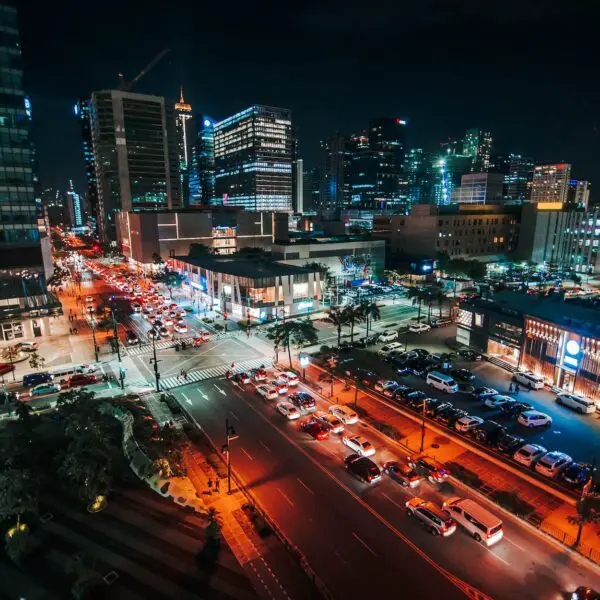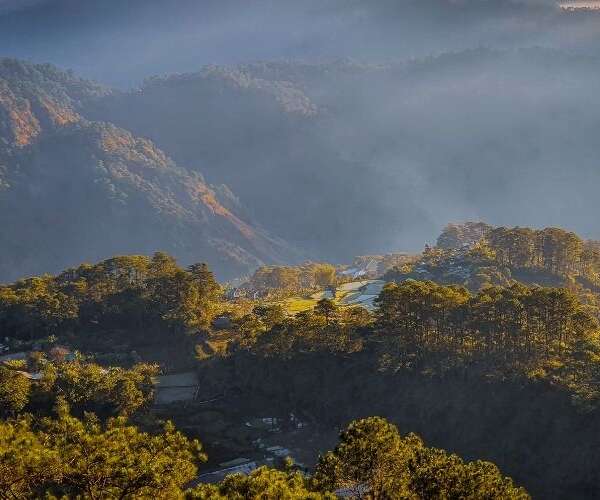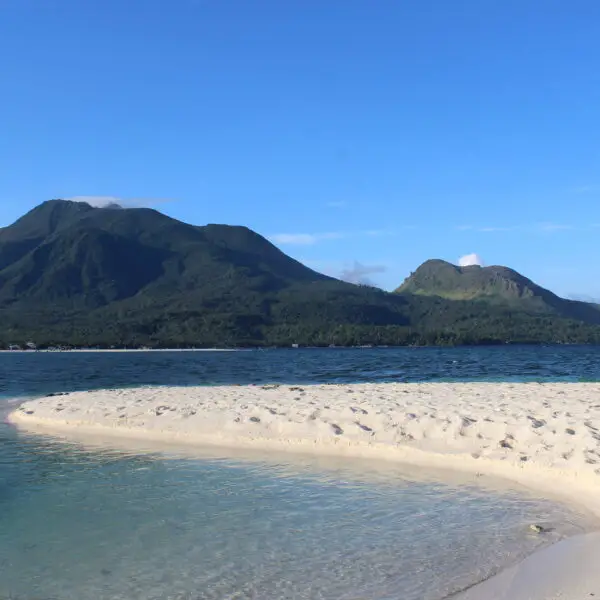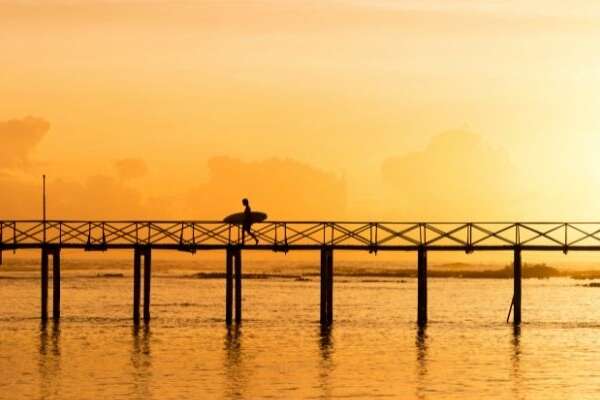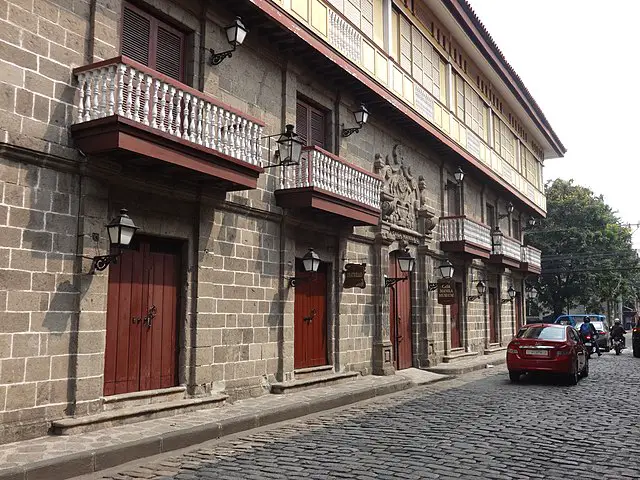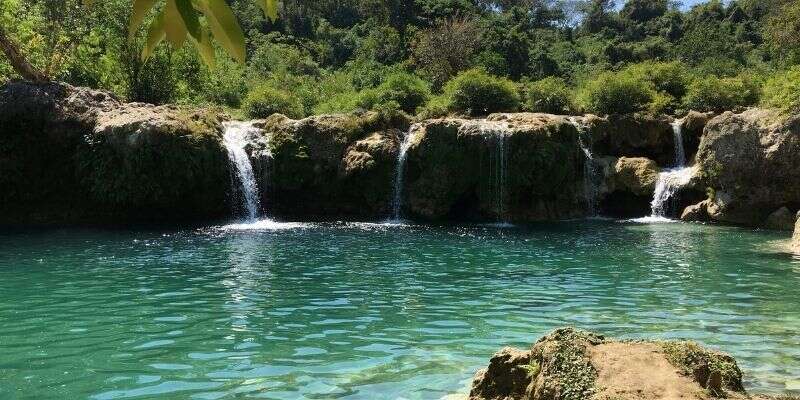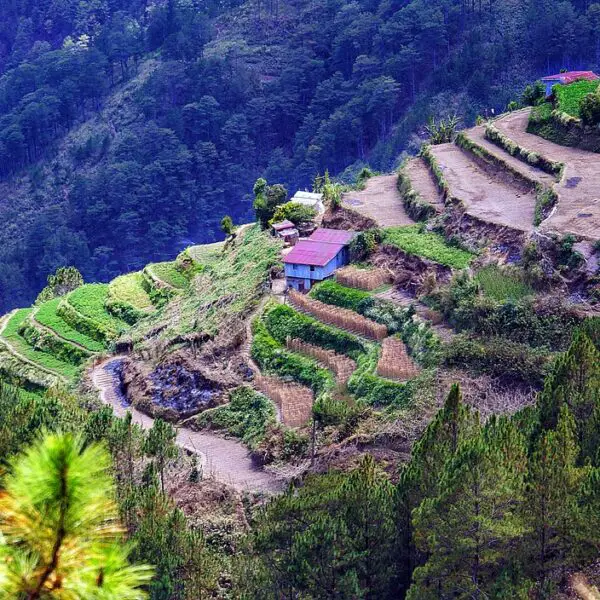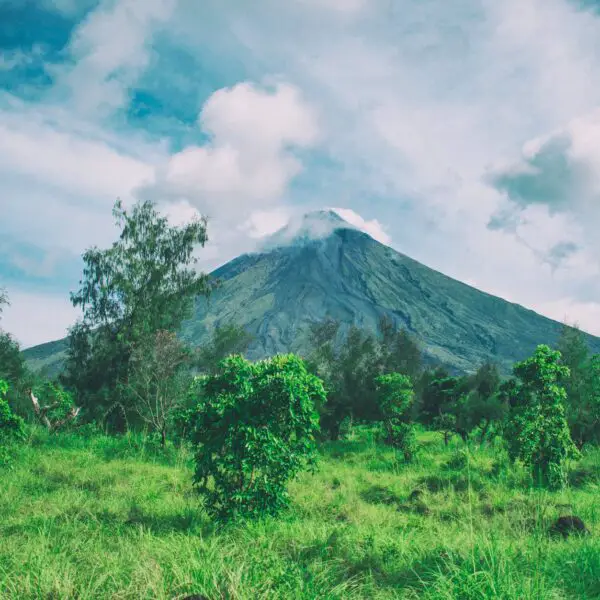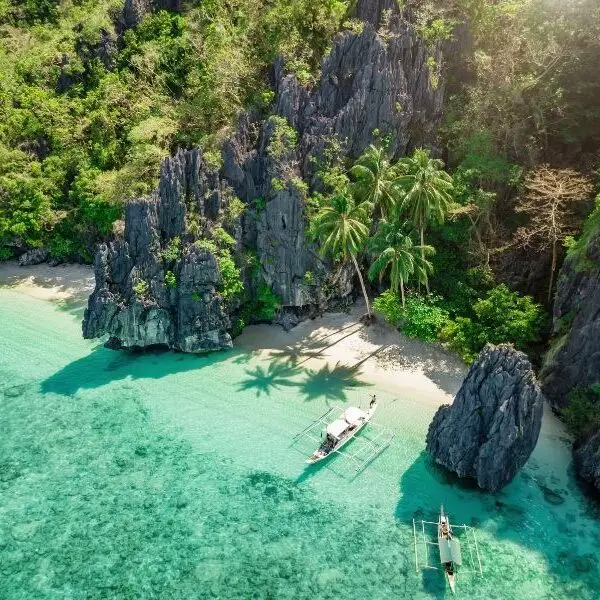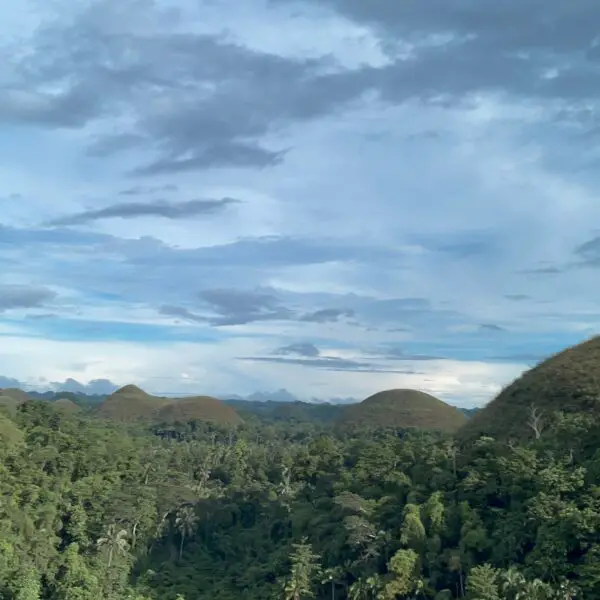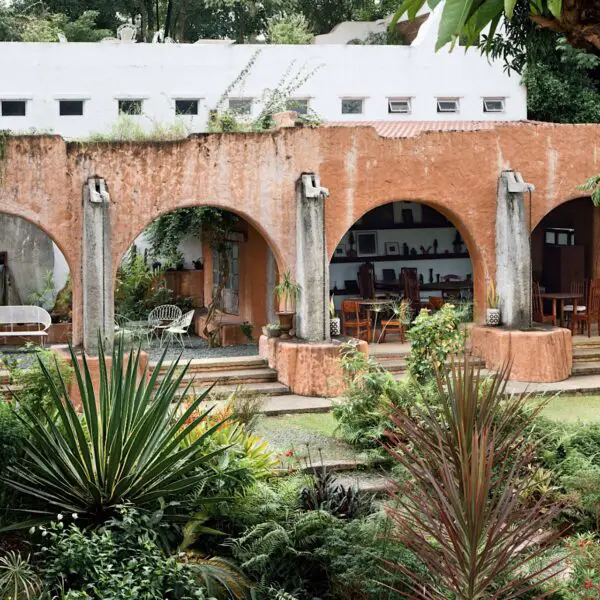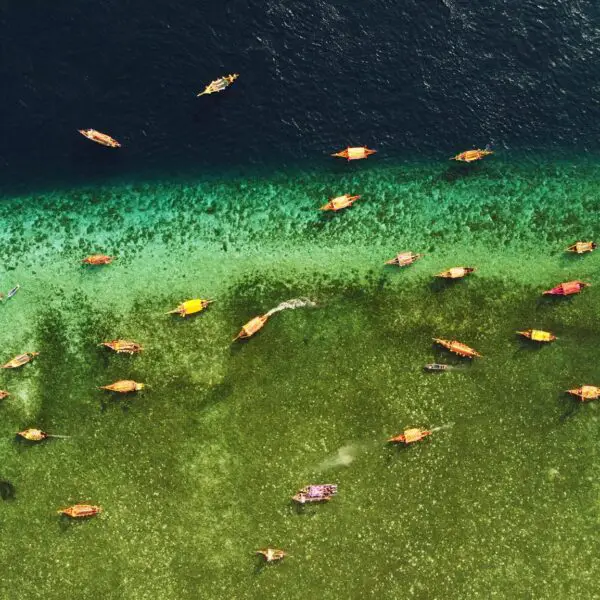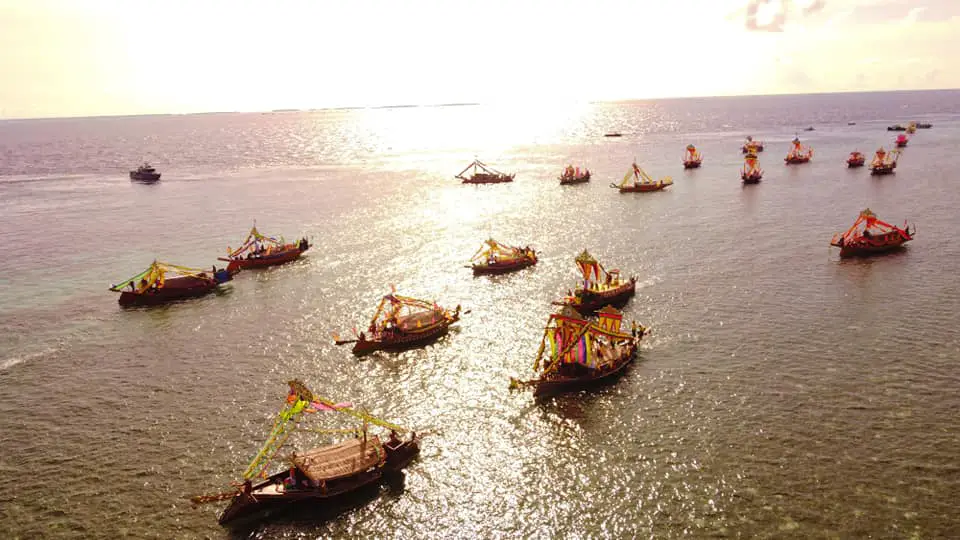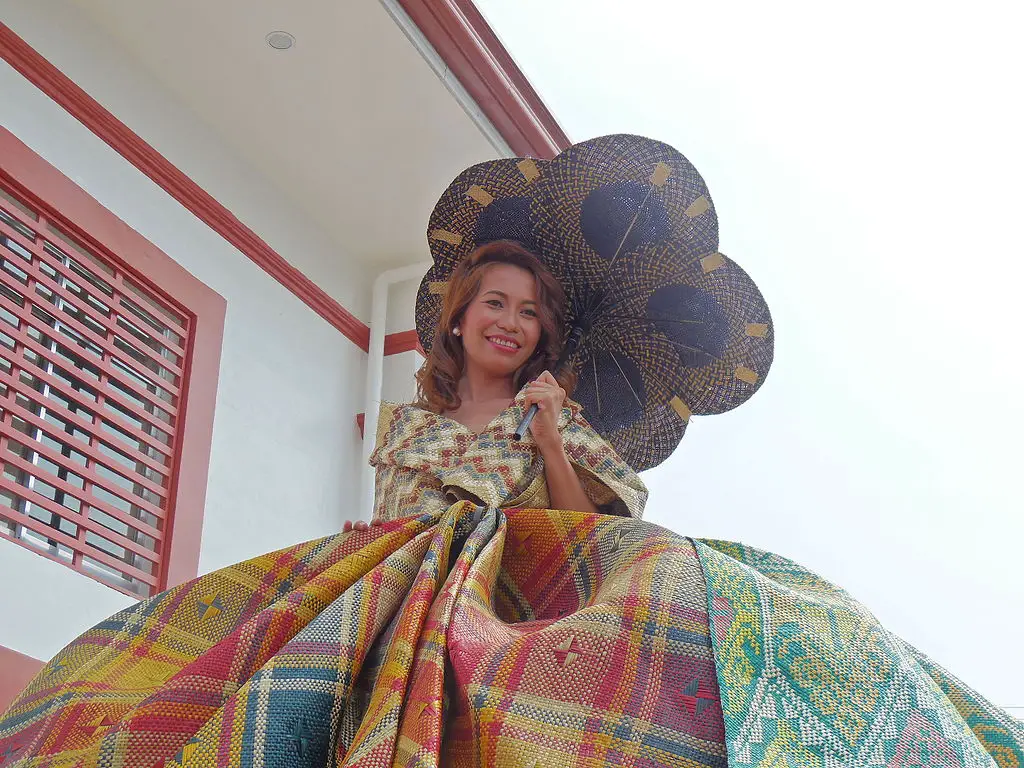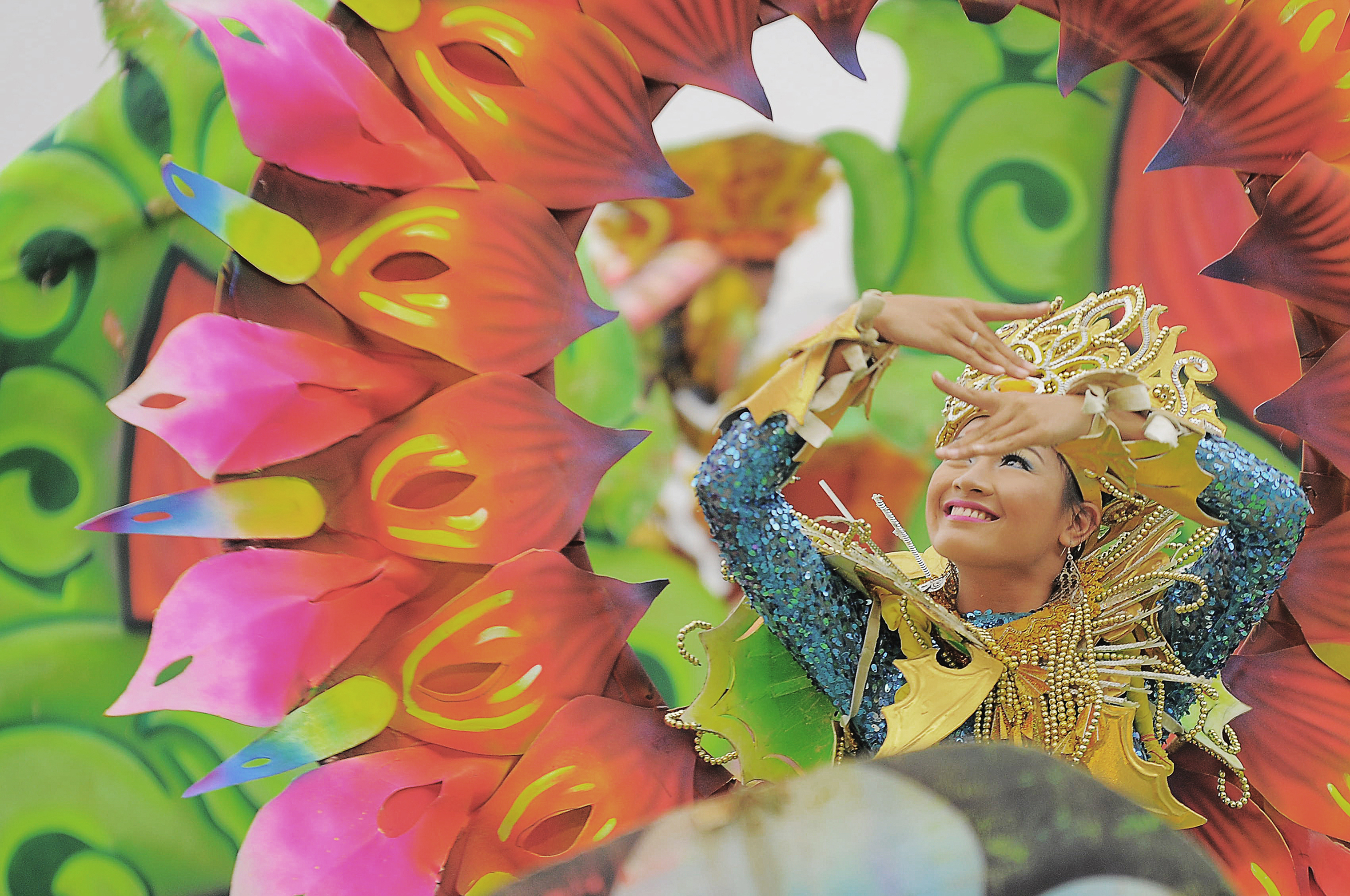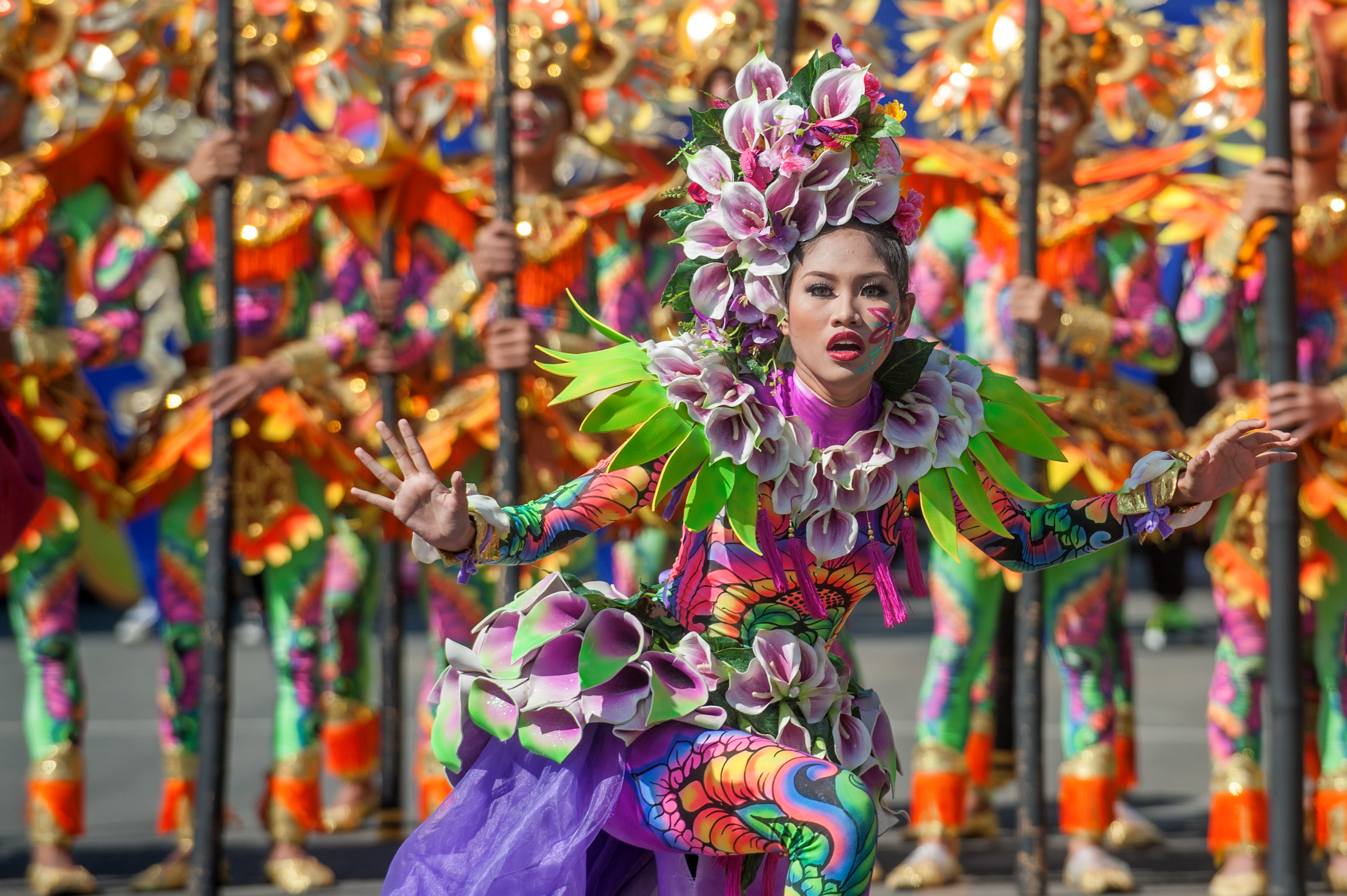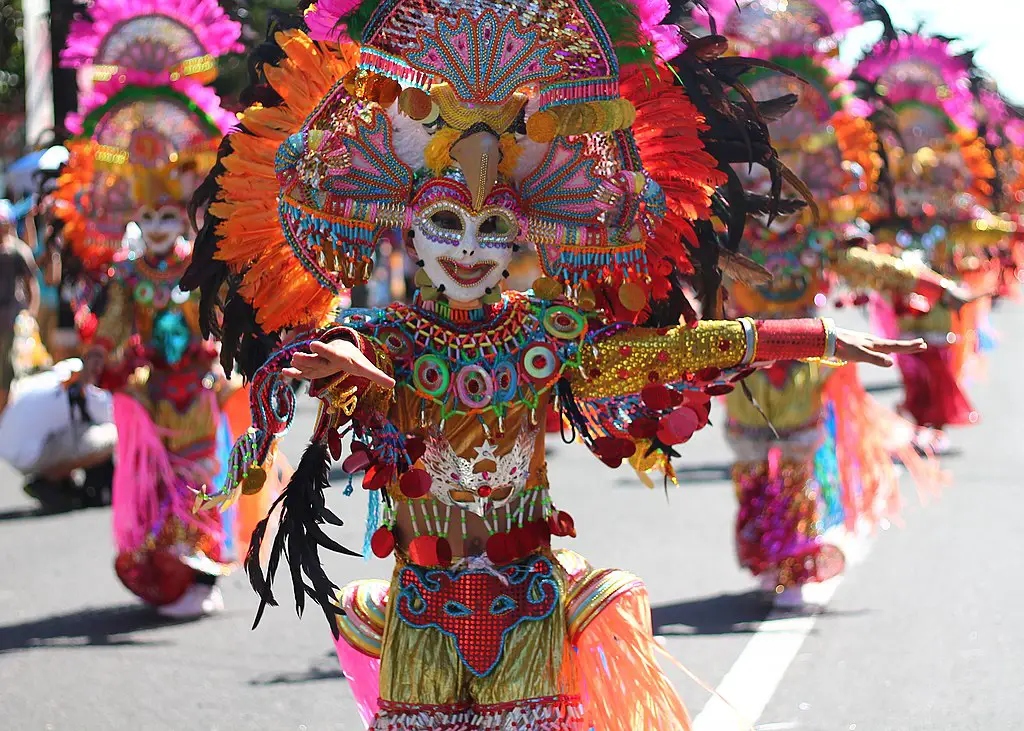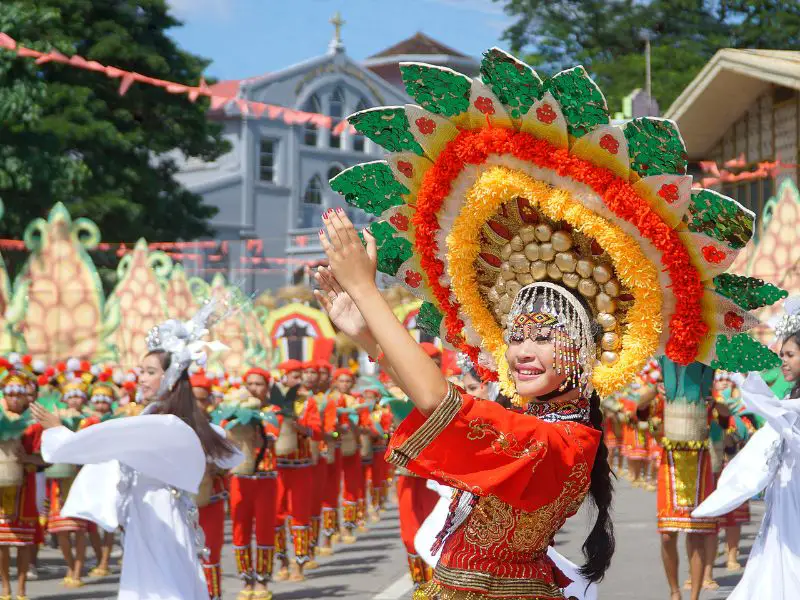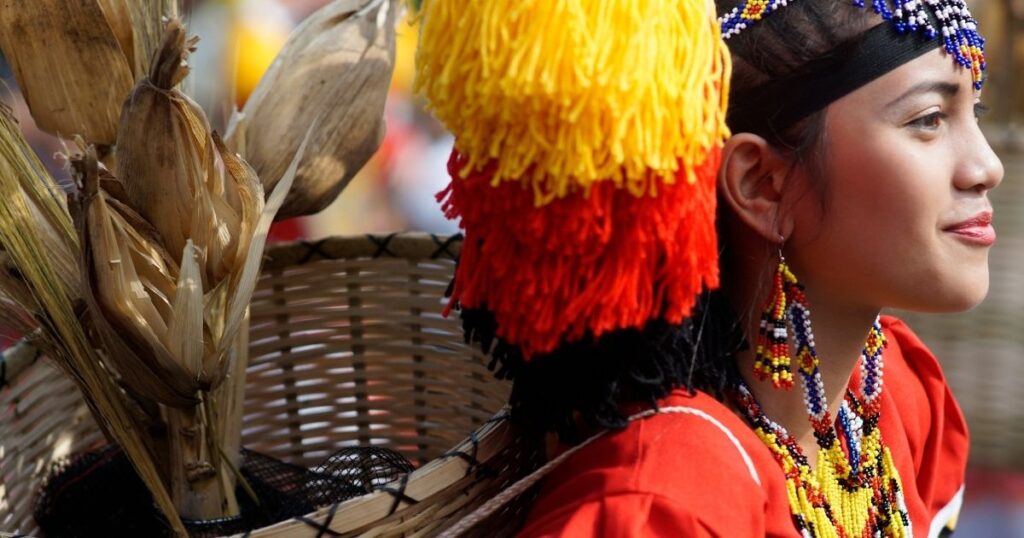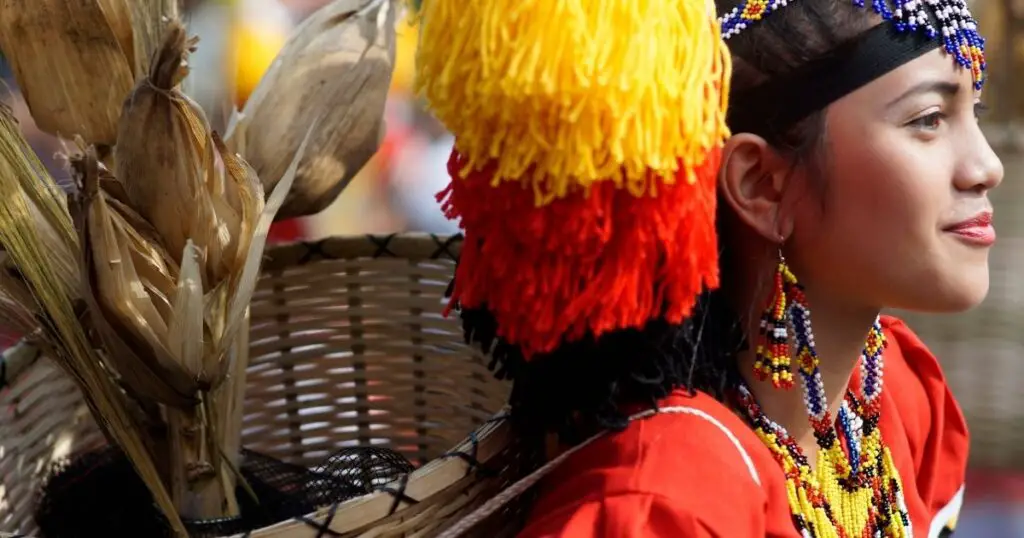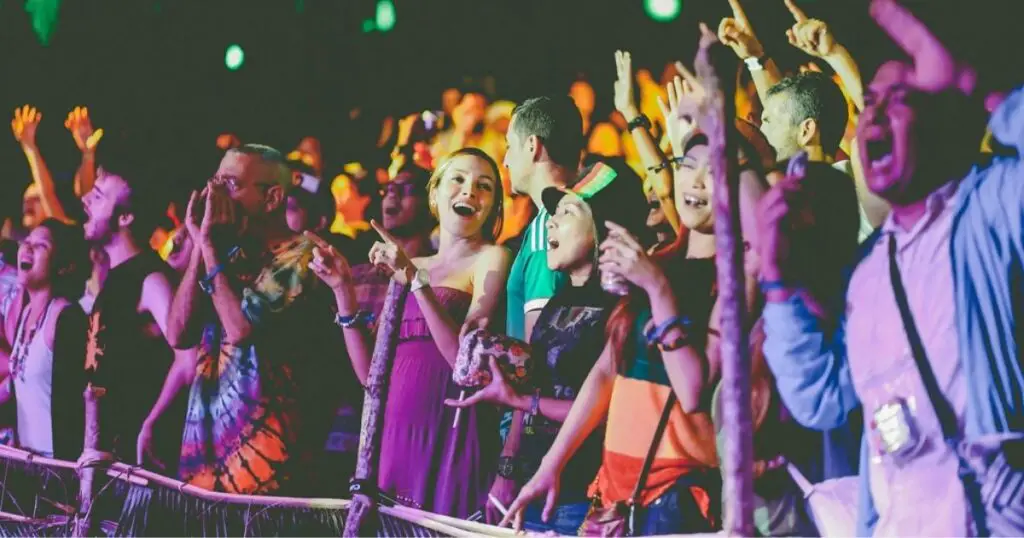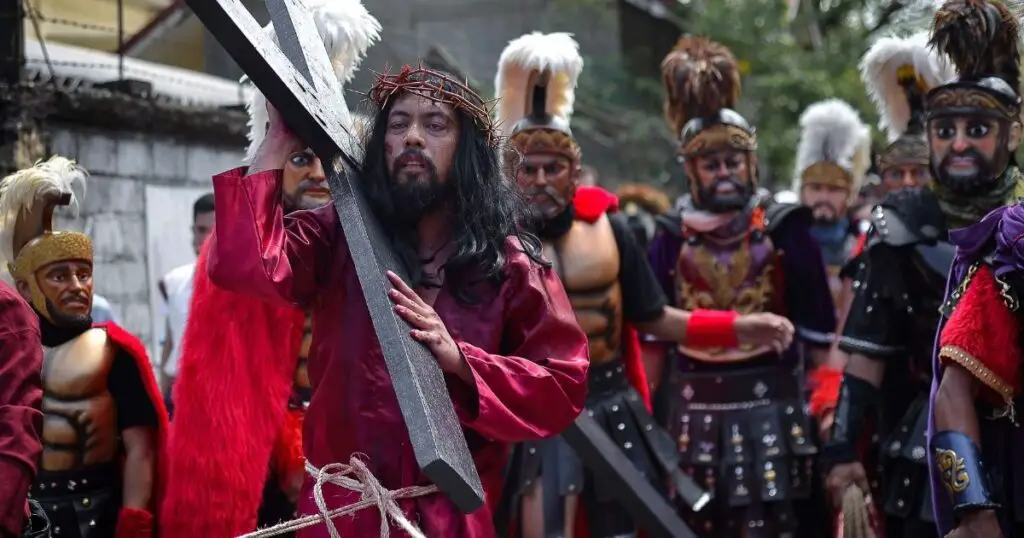The Calbayog Grand Karakol Festival is a vibrant and lively celebration in Calbayog City, located in the Philippines. This religious festival is a joyous pageantry of dancing San Rafael devotees, filled with colorful costumes, lively music, and intricate dance rituals. It serves as a way for the locals to express their gratitude and celebrate their rich culture and heritage.
Key Takeaways:
- The Calbayog Grand Karakol Festival is a vibrant and lively celebration in Calbayog City, Philippines.
- It is a religious festival that involves dancing San Rafael devotees.
- The festival allows locals to express gratitude and celebrate their culture and heritage.
- Colorful costumes, lively music, and intricate dance rituals are key features of the festival.
- The Calbayog Grand Karakol Festival plays a crucial role in preserving and propagating the rich cultural traditions of Calbayog City.
Discover the Colorful Beauty of the Calbayog Grand Karakol Festival
Immerse yourself in the colorful beauty of the Calbayog Grand Karakol Festival, where vibrant costumes and elaborate dance rituals come together in a spectacle like no other. This enchanting celebration, held in Calbayog City in the Philippines, showcases the rich cultural heritage of the region and is a testament to the community’s deep-rooted traditions.
As you wander through the festival grounds, you’ll be captivated by the stunning array of colorful costumes adorning the participants. Every detail is meticulously crafted, from the intricately embroidered fabrics to the elaborate headdresses that crown their heads. These vibrant ensembles not only showcase the artistic talents of the locals but also reflect the historical and cultural influences that have shaped the region over the years.
The highlight of the Calbayog Grand Karakol Festival is undoubtedly the mesmerizing dance rituals. Performers, known as San Rafael devotees, gracefully move to the beat of the traditional music, their movements perfectly synchronized and filled with energy. Each dance tells a story, a symbol of devotion and gratitude to San Rafael, the patron saint believed to bring blessings and healing. It is a feast for the senses, as the rhythmic drumbeats echo through the streets, and the vibrant colors of the costumes create a visual spectacle that leaves an indelible impression.
| The Colorful Beauty of the Calbayog Grand Karakol Festival | Dance Rituals |
|---|---|
| Elaborate costumes | Symbolic movements |
| Intricate embroideries | Rhythmic drumbeats |
| Cultural influences | Vibrant colors |
Witnessing the Calbayog Grand Karakol Festival is like stepping into a world filled with vibrant colors, rich traditions, and a deep sense of community. It is an experience that will leave you in awe of the cultural beauty that Calbayog City holds.
Summary:
- The Calbayog Grand Karakol Festival is a vibrant celebration in Calbayog City, Philippines.
- The festival showcases the rich cultural heritage and traditions of the region.
- Participants don vibrant costumes and perform elaborate dance rituals.
- The festival is a symbol of gratitude and devotion to the patron saint, San Rafael.
- It is a feast for the senses, with rhythmic drumbeats and visually stunning colors.
- The festival highlights the cultural influences that have shaped the region over the years.
Immerse yourself in the colorful beauty of the Calbayog Grand Karakol Festival and discover the vibrant traditions and customs that make this event truly special. It is a celebration that brings together the community, preserves cultural heritage, and ensures that the rich traditions of Calbayog City continue to thrive for generations to co
Experience the Exhilarating Dance Rituals of the Calbayog Grand Karakol Festival
Get ready to be captivated by the exhilarating dance rituals that define the Calbayog Grand Karakol Festival, as devotees express their devotion to San Rafael through intricate and mesmerizing movements. This vibrant festival, held annually in Calbayog City, Philippines, is a celebration of culture, heritage, and religious significance.
The festival showcases a variety of dance rituals, each performed with energy and passion. One of the most prominent is the “Karakol,” a lively and rhythmic dance procession where participants move in a circular formation, accompanied by traditional music played on indigenous instruments. The synchronized footwork and hand gestures create a mesmerizing visual spectacle, leaving spectators in awe.
Another captivating dance ritual performed during the festival is the “Pandanggo sa Ilaw.” Dancers skillfully balance illuminated oil lamps on their heads and hands while gracefully moving to the beat of the music. The flickering lights add an enchanting element to the performance, symbolizing the triumph of light over darkness.
| Dance Ritual | Description |
|---|---|
| Karakol | A lively circular dance procession with synchronized footwork and hand gestures. |
| Pandanggo sa Ilaw | Dancers balance illuminated oil lamps on their heads and hands while gracefully moving. |
The Calbayog Grand Karakol Festival is not only a feast for the eyes but also a testament to the rich cultural heritage of Calbayog City. Through these dance rituals, the local community expresses their gratitude to San Rafael, the patron saint of the city, for his blessings and protection. The festival serves as a reminder of the deep-rooted customs and values that are passed down from generation to generation, ensuring the preservation of cultural traditions for years to come.
Immerse yourself in the vibrant and lively atmosphere of the Calbayog Grand Karakol Festival, where exhilarating dance rituals transport you to a world of beauty, devotion, and cultural significance.
Immerse Yourself in the Lively Music of the Calbayog Grand Karakol Festival
Let the lively beats of traditional music transport you to another realm as you immerse yourself in the pulsating energy of the Calbayog Grand Karakol Festival. This vibrant festival in Calbayog City, Philippines, is a celebration of culture and heritage that showcases the rich musical traditions of the local community.
During the festival, the air is filled with the captivating sounds of traditional instruments, creating a symphony of rhythm and melody. The beat of drums, the strum of stringed instruments, and the harmonious notes of wind instruments come together to create an exhilarating musical experience that will make your heart race and your feet move.
The music of the Calbayog Grand Karakol Festival serves a vital role in setting the festive atmosphere and keeping the energy high throughout the event. It accompanies the colorful dance rituals and grand parades, infusing each moment with joy and excitement. The lively tunes resonate with the participants and spectators, creating a sense of unity and celebration that is truly infectious.
As you witness the vibrant performances and immerse yourself in the lively music of the Calbayog Grand Karakol Festival, you will not only be entertained but also gain a deeper appreciation for the cultural heritage of Calbayog City. The festival’s music encapsulates the essence of the local traditions, passed down through generations, and serves as a reminder of the community’s identity and pride.
| Traditional Instruments | Description |
|---|---|
| Tambol | A type of drum that produces deep and resonant beats, setting the rhythm for the dancers. |
| Kudyapi | A stringed instrument resembling a guitar, known for its melodic tones and ability to evoke emotions. |
| Tongali | A bamboo instrument with multiple pipes, each producing different notes when blown into, creating harmonies. |
Join the festivities of the Calbayog Grand Karakol Festival, and let the lively music transport you to a world of vibrant celebration and cultural richness. Experience the pulsating energy as you witness the dance rituals, marvel at the stunning parade floats, and immerse yourself in the captivating sounds of traditional music. This festival is not just a vibrant display of joy and gratitude but also a testament to the enduring cultural heritage of Calbayog City, Philippines.
Celebrating the Cultural Heritage of Calbayog City
The Calbayog Grand Karakol Festival serves as a testament to the cultural heritage of Calbayog City, honoring age-old traditions and showcasing the deep-rooted values of its people. This vibrant and lively celebration is a religious festival that involves a joyous pageantry of dancing San Rafael devotees, expressing gratitude, and celebrating the rich culture and heritage of the city.
Through interviews with locals, it becomes evident that the Calbayog Grand Karakol Festival plays a crucial role in preserving and propagating the traditions that define Calbayog City. Passed down from generation to generation, these cultural practices hold deep significance and are an integral part of the community’s identity.
During the festival, the streets of Calbayog City come alive with colorful parades, showcasing magnificent floats adorned with intricate designs and vibrant costumes. The visual spectacle is a testament to the creativity and artistic spirit of the city’s residents, who take pride in their cultural heritage.
Preserving Traditions for Generations to Come
The Calbayog Grand Karakol Festival is not just a celebration; it is a commitment to ensuring the continuity of cultural traditions. From the lively music that accompanies the festivities to the exhilarating dance rituals performed, every aspect of the festival serves as a link to the past and a bridge to the future.
| Key Aspects of the Festival | Role in Preserving Cultural Heritage |
|---|---|
| Colorful Parades and Floats | Reflect the artistic expression and preserve visual traditions |
| Exhilarating Dance Rituals | Pass down ancient customs and spiritual practices |
| Lively Music | Preserve traditional melodies and rhythms, keeping them alive for future generations |
The Calbayog Grand Karakol Festival is a celebration of Calbayog City’s cultural heritage, bringing together the community in an expression of gratitude and joy. Not only does it promote unity and vitality in the present, but it also ensures that the traditions and values of the city’s ancestors are safeguarded for generations to come.
The Significance of the Calbayog Grand Karakol Festival
Beyond the vibrant colors and joyful celebrations, the Calbayog Grand Karakol Festival holds deep significance, fostering a sense of unity, gratitude, and spiritual connection among its participants. This religious festival, celebrated in Calbayog City, Philippines, is a grand pageantry of dancing San Rafael devotees, showcasing the rich cultural traditions and heritage of the community.
Through interviews conducted with locals, it becomes evident that the Calbayog Grand Karakol Festival plays a vital role in preserving and propagating the customs and values of Calbayog City. The festival is a way for the locals to express their gratitude for the blessings received and to honor San Rafael, the patron saint of Calbayog, who is believed to protect them from harm and bring them good fortune.
“The Karakol Festival is more than just a celebration. It is a deeply spiritual experience that brings our community together. We dance, we sing, and we pray, all in reverence to San Rafael. It is a time of reflection and thanksgiving,” says Maria, a long-time festival participant.
Additionally, the festival serves as a channel for community bonding, promoting unity among the residents of Calbayog City. The shared experience of preparing for the festival, the lively music, and the exhilarating dance rituals create a sense of solidarity and belonging.
| Key Takeaways: |
|---|
| The Calbayog Grand Karakol Festival is a religious festival celebrated in Calbayog City, Philippines. |
| It fosters unity, gratitude, and spiritual connection among its participants. |
| The festival plays a crucial role in preserving and propagating the cultural traditions of Calbayog City. |
| It brings the community together and promotes a sense of solidarity and belonging. |
In conclusion, the Calbayog Grand Karakol Festival is not just a lively and colorful event, but a deeply meaningful celebration that brings the community together fosters gratitude, and ensures the continuity of the rich cultural heritage of Calbayog City.
Preserving and Propagating Cultural Traditions through the Calbayog Grand Karakol Festival
The Calbayog Grand Karakol Festival stands as a testament to the commitment of the community in preserving and propagating the rich cultural traditions that define Calbayog City. This vibrant and lively celebration is not just a mere spectacle; it is a deeply rooted expression of gratitude, a way for the locals to honor their heritage, and a platform for showcasing their unique customs.
At the heart of the festival are the San Rafael devotees, who participate in a joyous pageantry of dance. These devotees, adorned in brightly colored costumes, move to the rhythm of traditional music, creating an exhilarating atmosphere that captivates both locals and visitors. The dance rituals performed during the festival are not only visually captivating but also carry deep cultural significance.
The Calbayog Grand Karakol Festival serves as a conduit for showcasing the traditional music of Calbayog City. The lively beats of traditional instruments fill the air, reverberating through the city streets. These rhythms not only add to the festive ambiance but also serve as a reminder of the cultural heritage that is being celebrated. The music keeps the energy high throughout the event, ensuring that the spirit of the festival remains alive.
Participants and spectators alike recognize the importance of the festival in preserving and propagating the cultural traditions of Calbayog City.
“The Calbayog Grand Karakol Festival is more than just a celebration. It is a way for us to showcase our cultural heritage and ensure its continuity for generations to come,” says a local participant. “The festival allows us to connect with our roots and pass on our traditions to the younger generation.”
Through interviews conducted with locals, it is evident that the festival plays a vital role in preserving and propagating the cultural traditions of Calbayog City. It serves as a platform for cultural exchange, where different generations come together to celebrate, learn, and appreciate the customs that define their community. The festival’s impact goes beyond the duration of the event, as it fosters a sense of pride and unity among the locals throughout the year.
In conclusion, the Calbayog Grand Karakol Festival is more than just a colorful celebration. It is a powerful expression of the community’s commitment to preserving and propagating their cultural heritage. Through vibrant dance rituals, lively music, and a shared sense of gratitude, this festival ensures that the rich traditions of Calbayog City continue to thrive, leaving a lasting impact on the community and visitors alike.
Tables:
| Costumes | Dance Rituals | Music Instruments | Cultural Exchange |
|---|---|---|---|
| Brightly colored | Visually captivating | Traditional instruments | Bringing generations together |
| Expressive | Culturally significant | Beats and rhythms | Learning and appreciation |
Interviews with Locals: Insights into the Calbayog Grand Karakol Festival
Through interviews with local participants, we gained valuable insights into the Calbayog Grand Karakol Festival and its profound impact on the community. The festival holds a special place in the hearts of the residents, as it allows them to come together and celebrate their shared cultural heritage.
One of the recurring themes we found in our interviews was the sense of gratitude expressed by the participants. Many emphasized how the festival provided an opportunity to give thanks to San Rafael, the patron saint of Calbayog City, for his blessings and protection. The festive atmosphere, vibrant costumes, and lively music all contribute to the joyous spirit of the celebration.
The Calbayog Grand Karakol Festival also plays a crucial role in preserving and propagating the cultural traditions of the city. Participants spoke passionately about passing down these customs to younger generations, ensuring their continuity for years to come. The dance rituals, in particular, were highlighted as a way to showcase the unique cultural identity of Calbayog City.
“The festival is a testament to our rich history and traditions. It serves as a reminder of who we are as a community, and it brings us closer together.” – Local participant
Furthermore, the festival fosters a strong sense of community bonding. Participants mentioned how they felt a deep connection with their fellow Calbayognons during the festivities. Whether it’s dancing alongside one another or working together to create stunning parade floats, the festival provides a platform for unity and collaboration.
| Key Insights from Interviews: |
|---|
| The festival is a time for expressing gratitude to San Rafael |
| Preserving and passing down cultural traditions is a priority |
| The festival fosters a strong sense of community bonding |
In conclusion, the Calbayog Grand Karakol Festival holds great significance for the community, both in terms of preserving cultural traditions and fostering a sense of unity. Through vibrant dance rituals, colorful costumes, and lively music, the festival showcases the beauty of Calbayog City’s cultural heritage. The interviews with locals have provided deeper insights into the festival’s importance and its lasting impact on the community.
Conclusion
The Calbayog Grand Karakol Festival stands as a testament to the rich cultural heritage of Calbayog City, captivating visitors with its vibrant celebrations and fostering a sense of unity and gratitude among its participants.
This religious festival, rooted in tradition, brings together locals and tourists alike in a joyous pageantry of dancing San Rafael devotees. It is a time when the community comes together to express gratitude, celebrate their culture, and preserve their customs and values.
Researchers conducted interviews, delving into the significance of the festival and its impact on the community. The findings revealed that the Calbayog Grand Karakol Festival plays a crucial role in preserving and propagating the rich cultural traditions of Calbayog City, ensuring their continuity for future generations.
As visitors witness the colorful costumes, intricate dance rituals, and lively music, they can’t help but be captivated by the beauty and energy of the festival. It is an experience that not only showcases the vibrant spirit of Calbayog City but also fosters a sense of unity and gratitude among its participants.
FAQ
What is the Calbayog Grand Karakol Festival?
The Calbayog Grand Karakol Festival is a vibrant and lively celebration in Calbayog City, Philippines. It is a religious festival that involves a joyous pageantry of dancing San Rafael devotees.
Why is the Calbayog Grand Karakol Festival important?
The festival is important for preserving and propagating the rich cultural traditions of Calbayog City. It is a way for the locals to express gratitude and celebrate their culture and heritage.
What can I expect to see at the Calbayog Grand Karakol Festival?
At the festival, you can expect to see colorful costumes, intricate dance rituals, stunning parade floats, and hear lively music that keeps the energy high throughout the event.
How does the Calbayog Grand Karakol Festival preserve and celebrate cultural heritage?
The festival plays a crucial role in preserving and celebrating the rich cultural traditions of Calbayog City. It ensures the continuity of customs, history, and values for future generations.
What is the significance of the Calbayog Grand Karakol Festival?
The festival holds religious significance, fosters community bonding, and provides a platform for participants to express gratitude and celebrate their culture.
Can you provide some insights from locals about the Calbayog Grand Karakol Festival?
Interviews with locals revealed personal experiences, perspectives, and the positive impact of the festival on the community, showcasing its importance and value.
